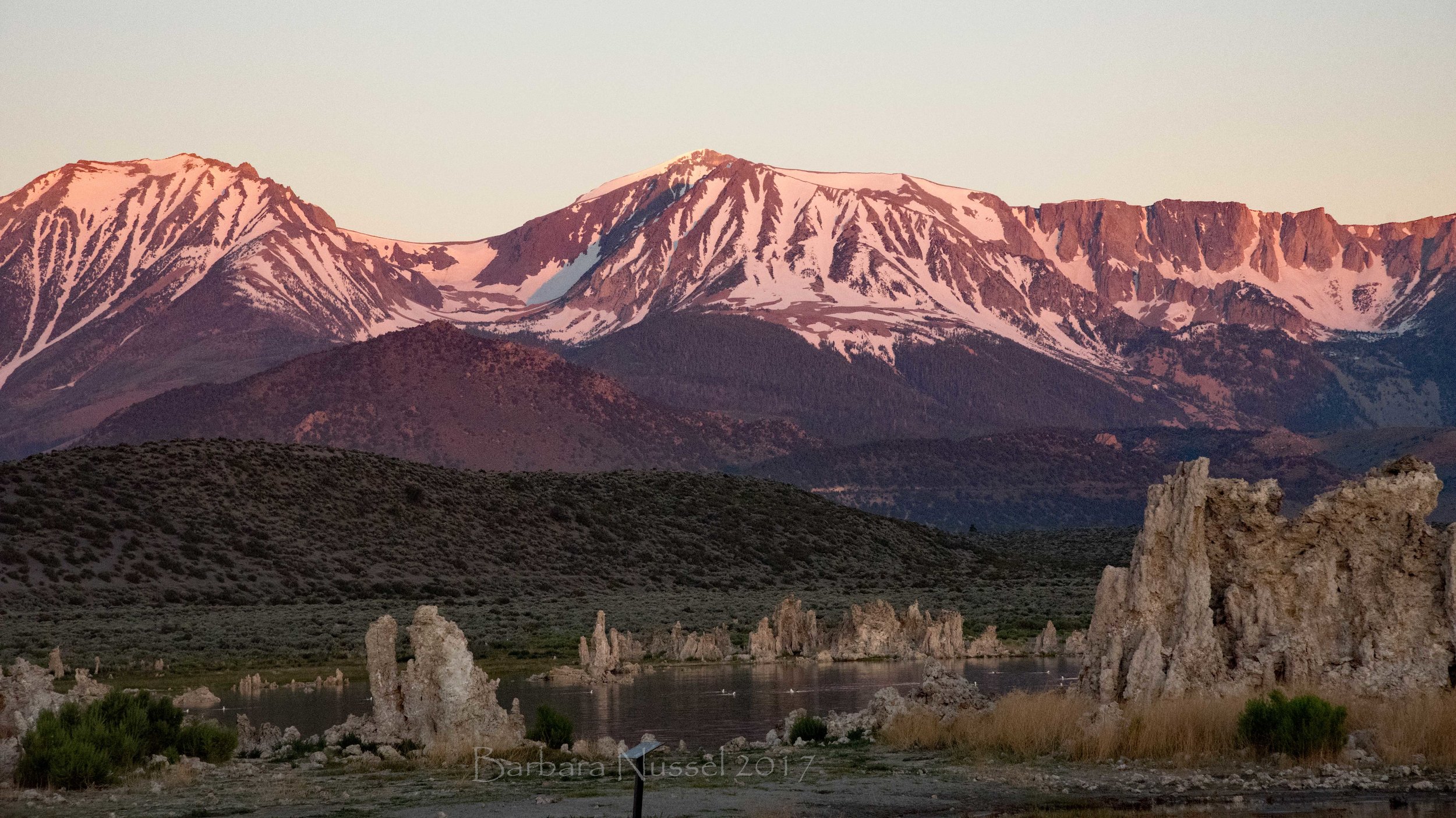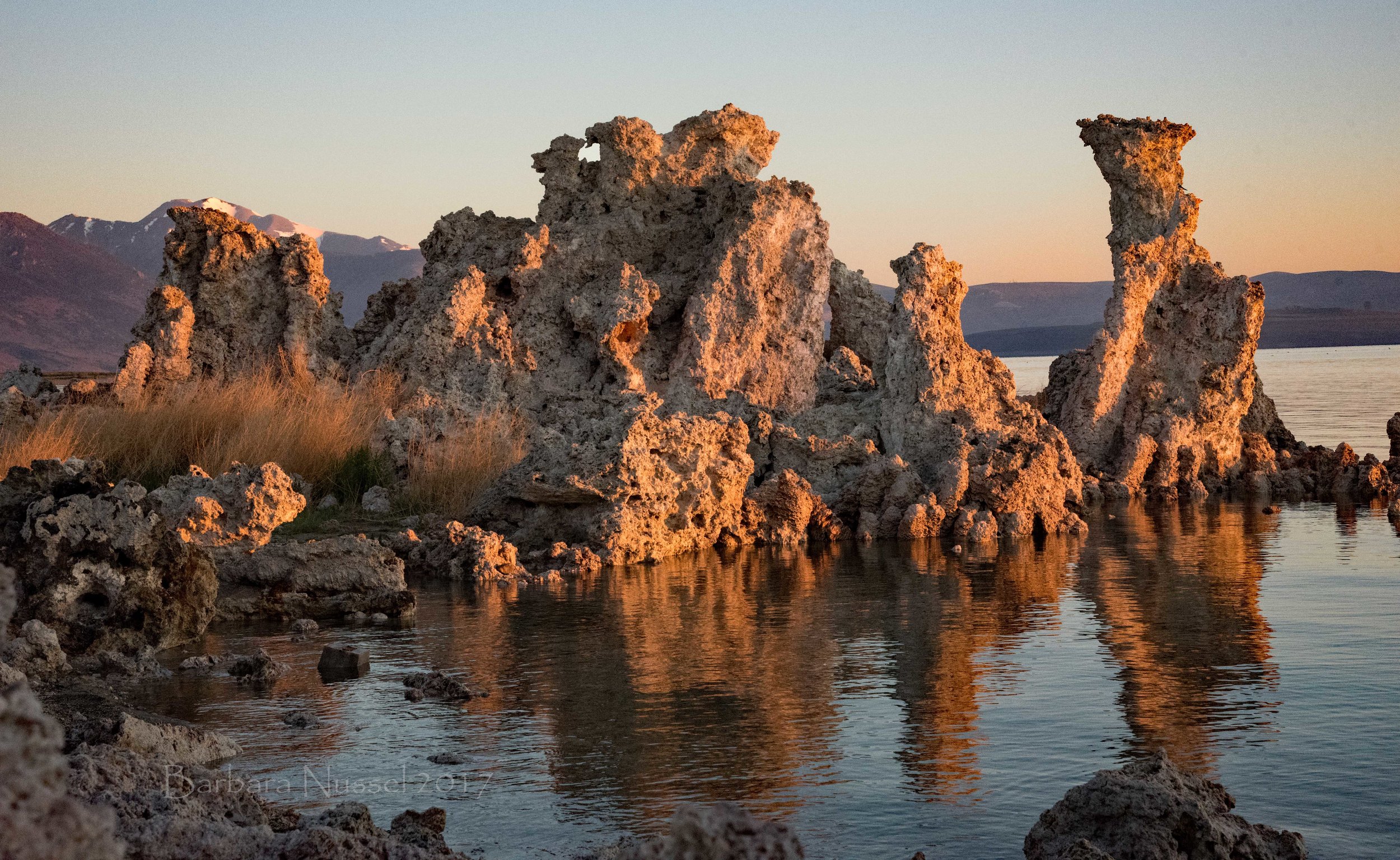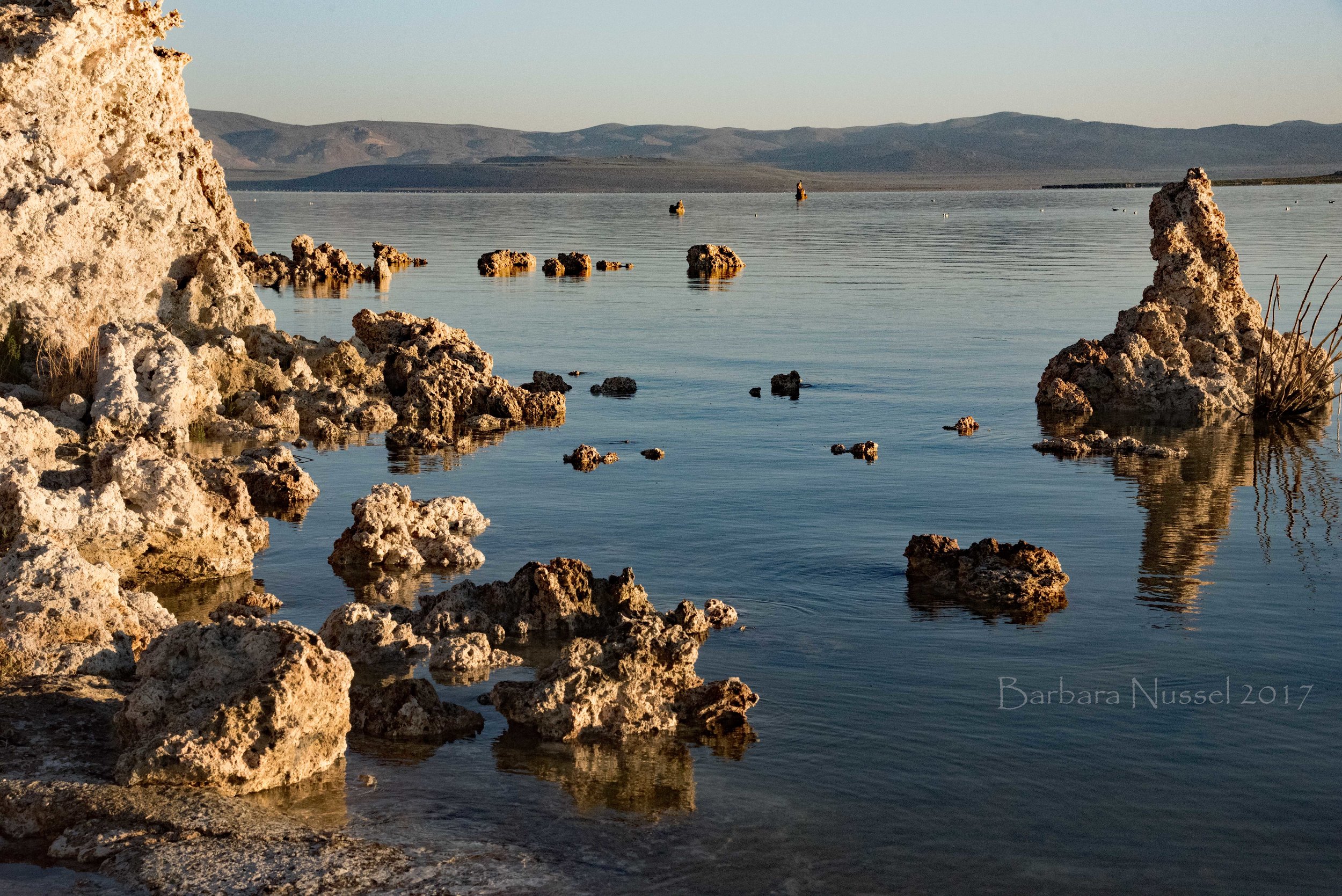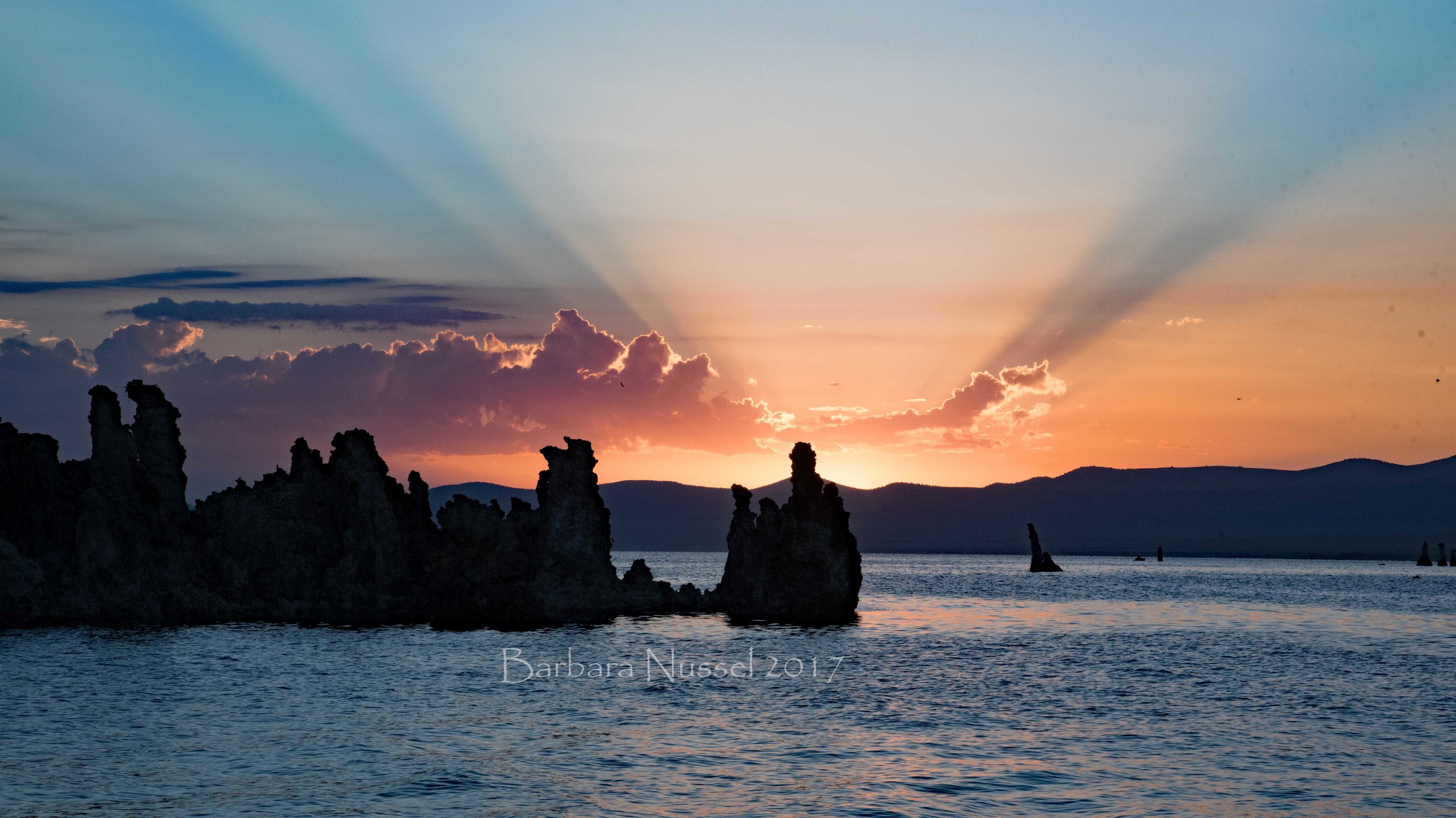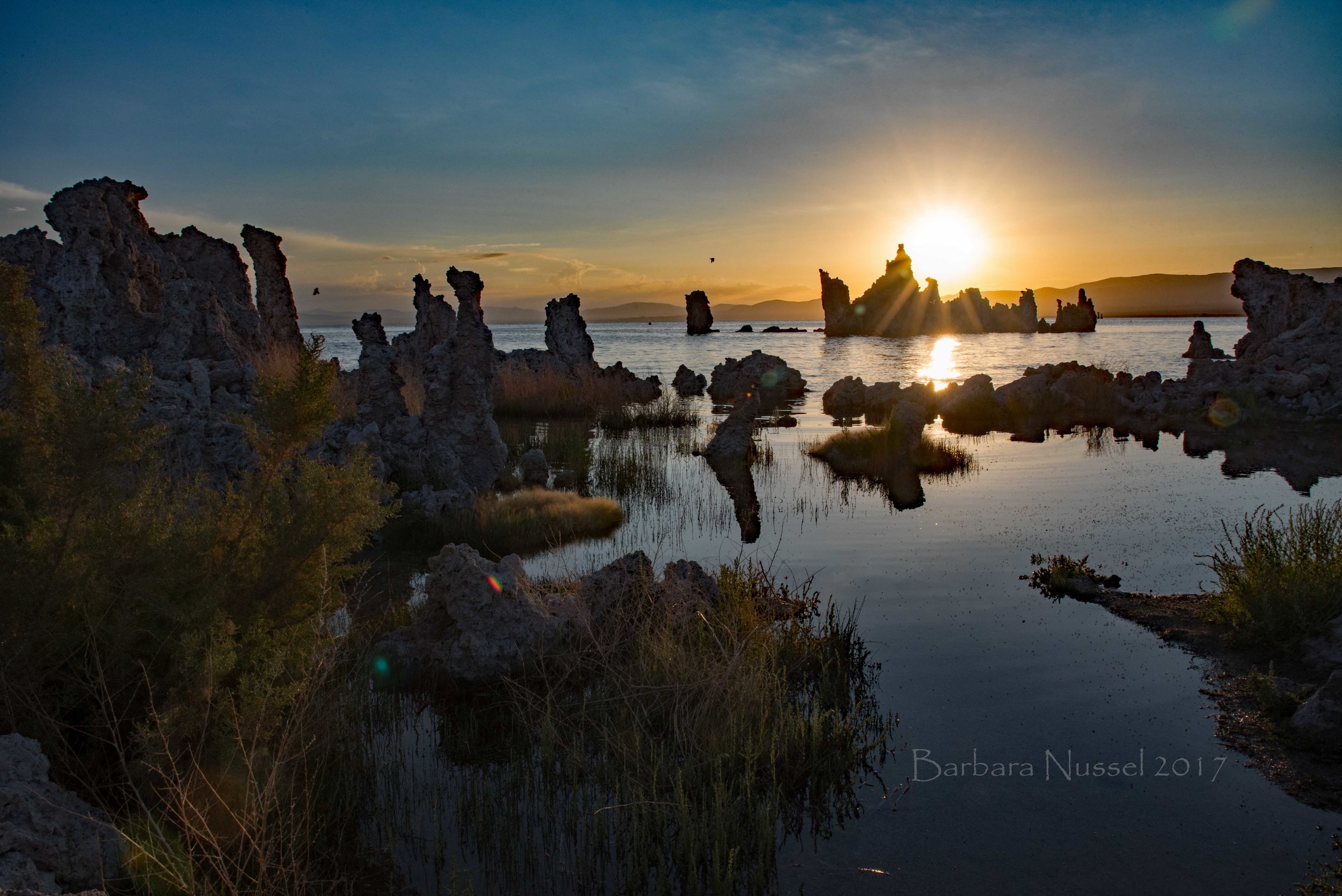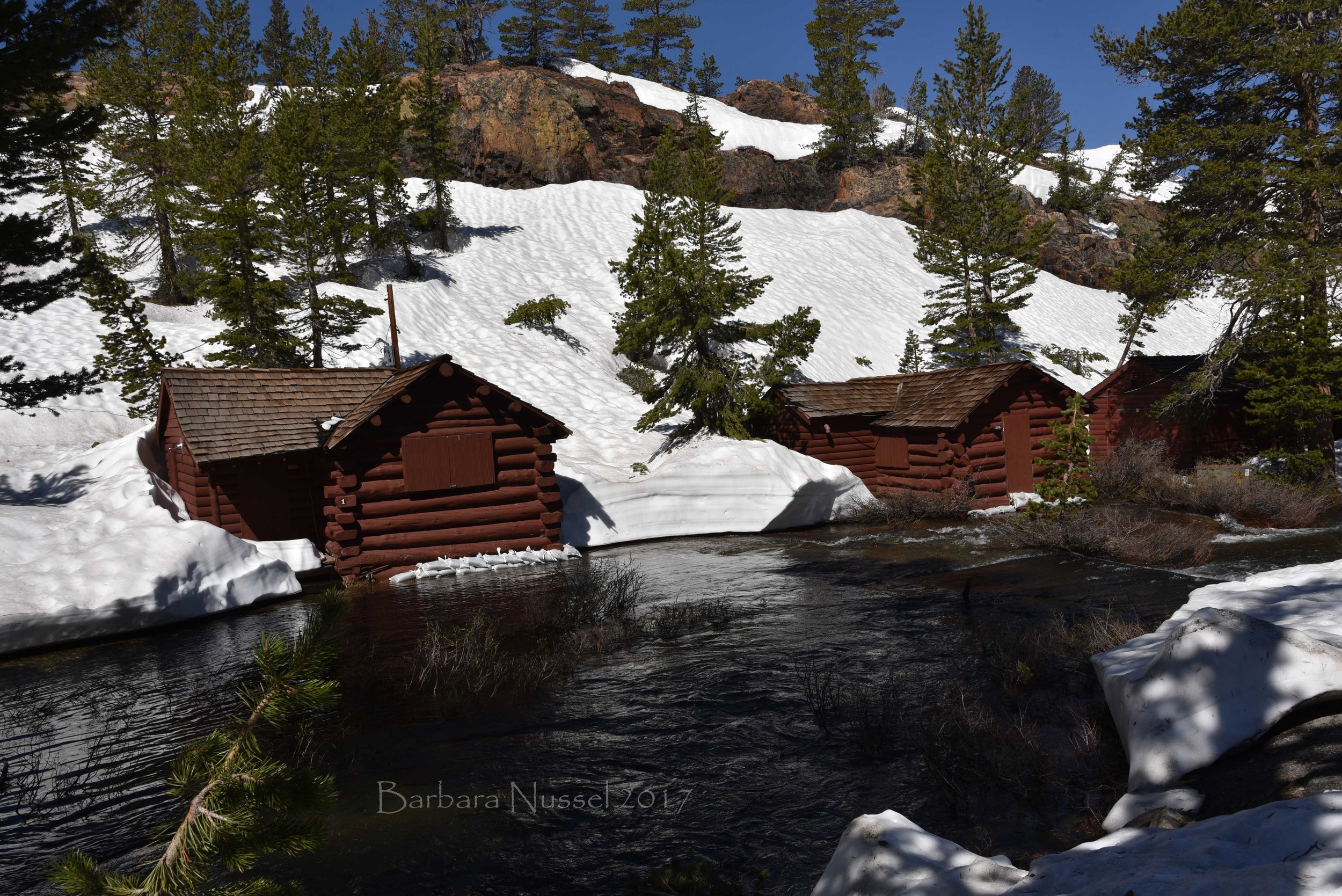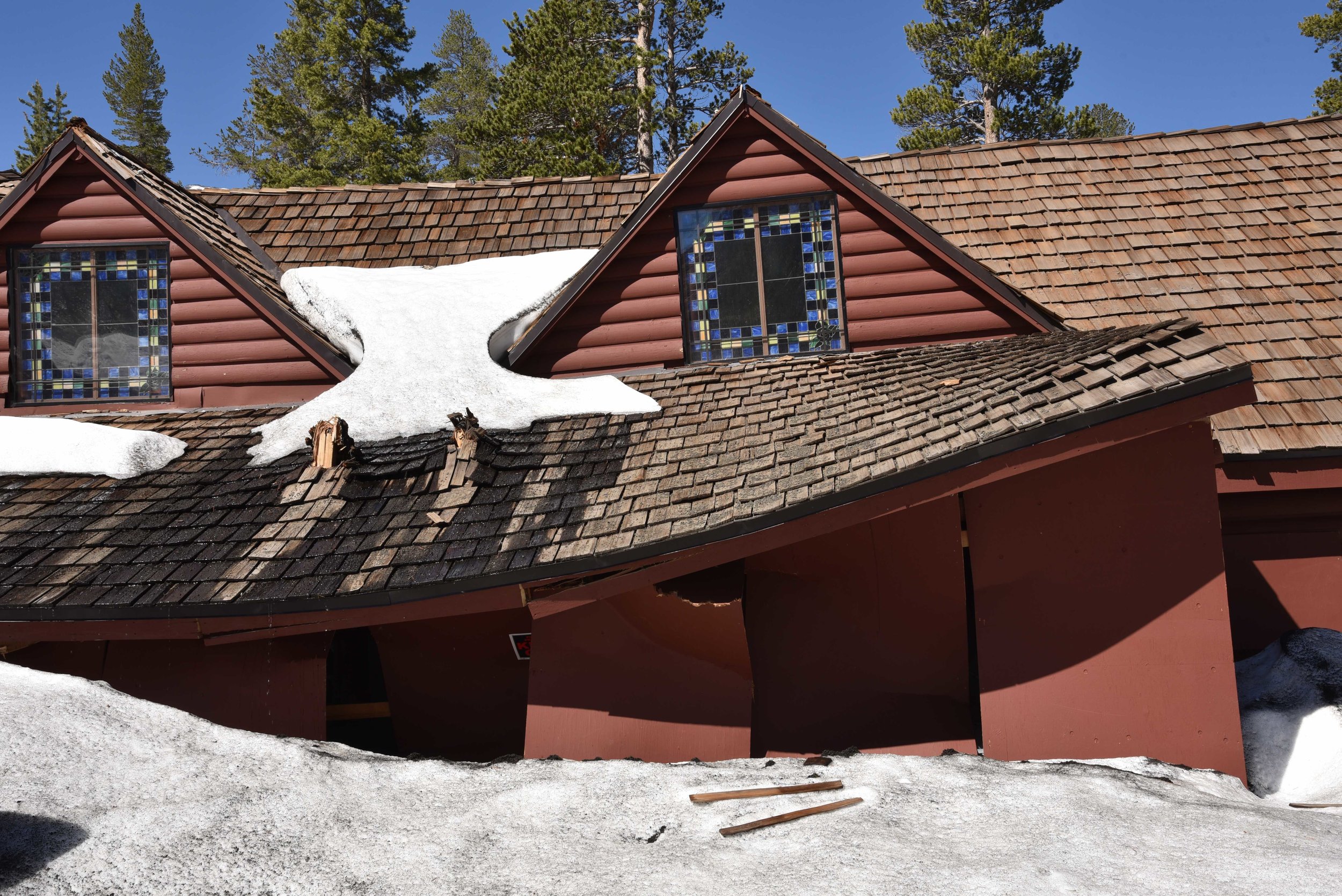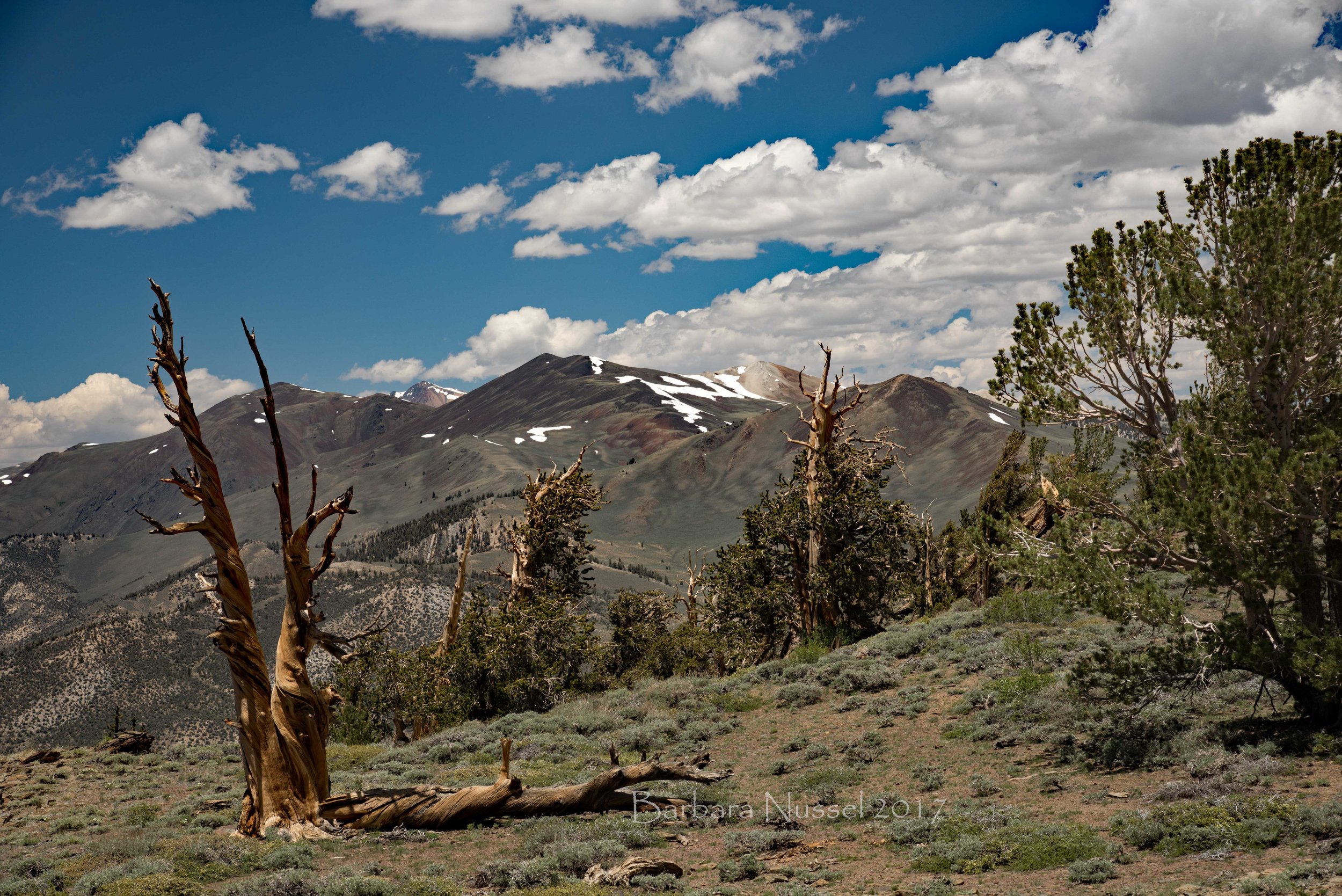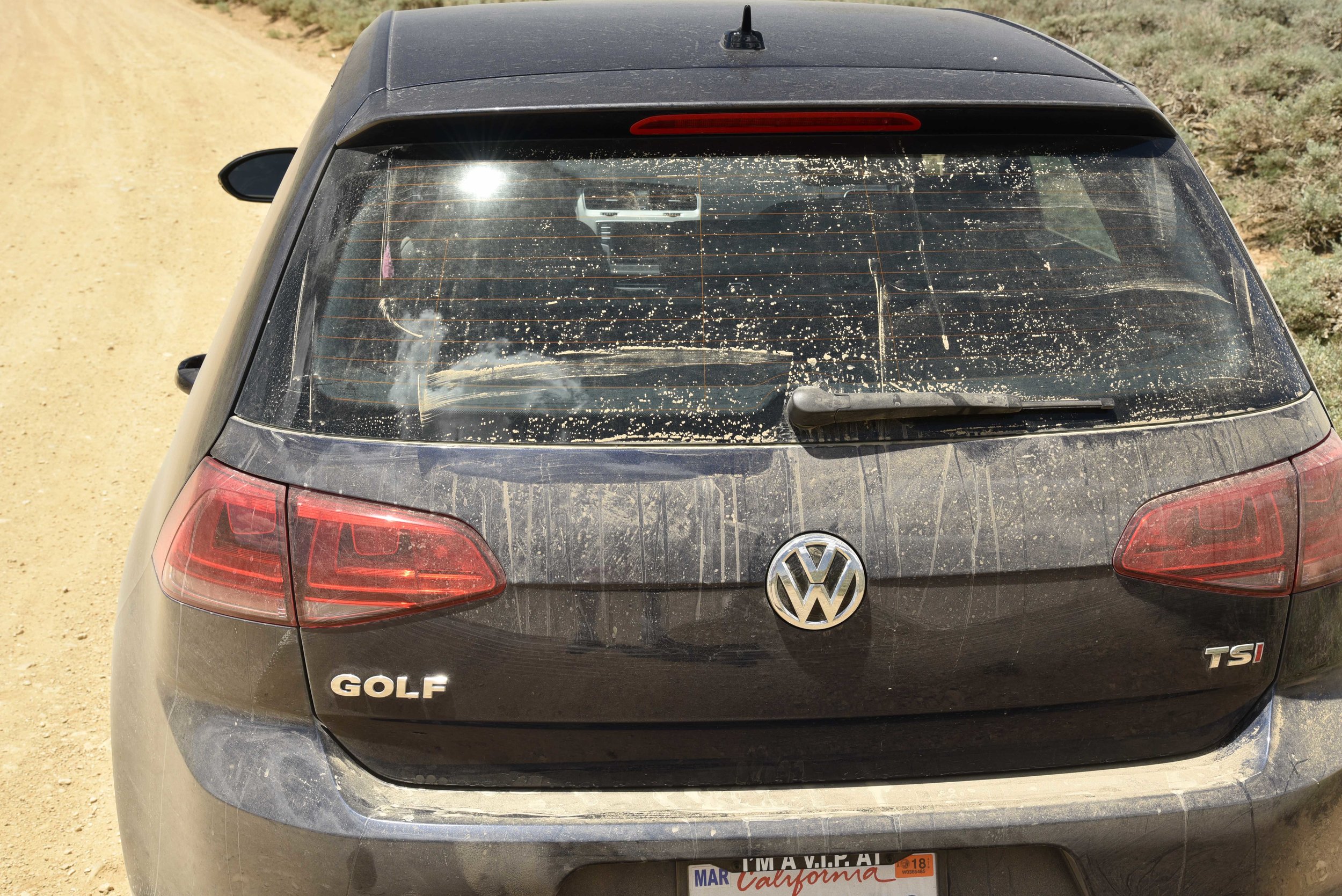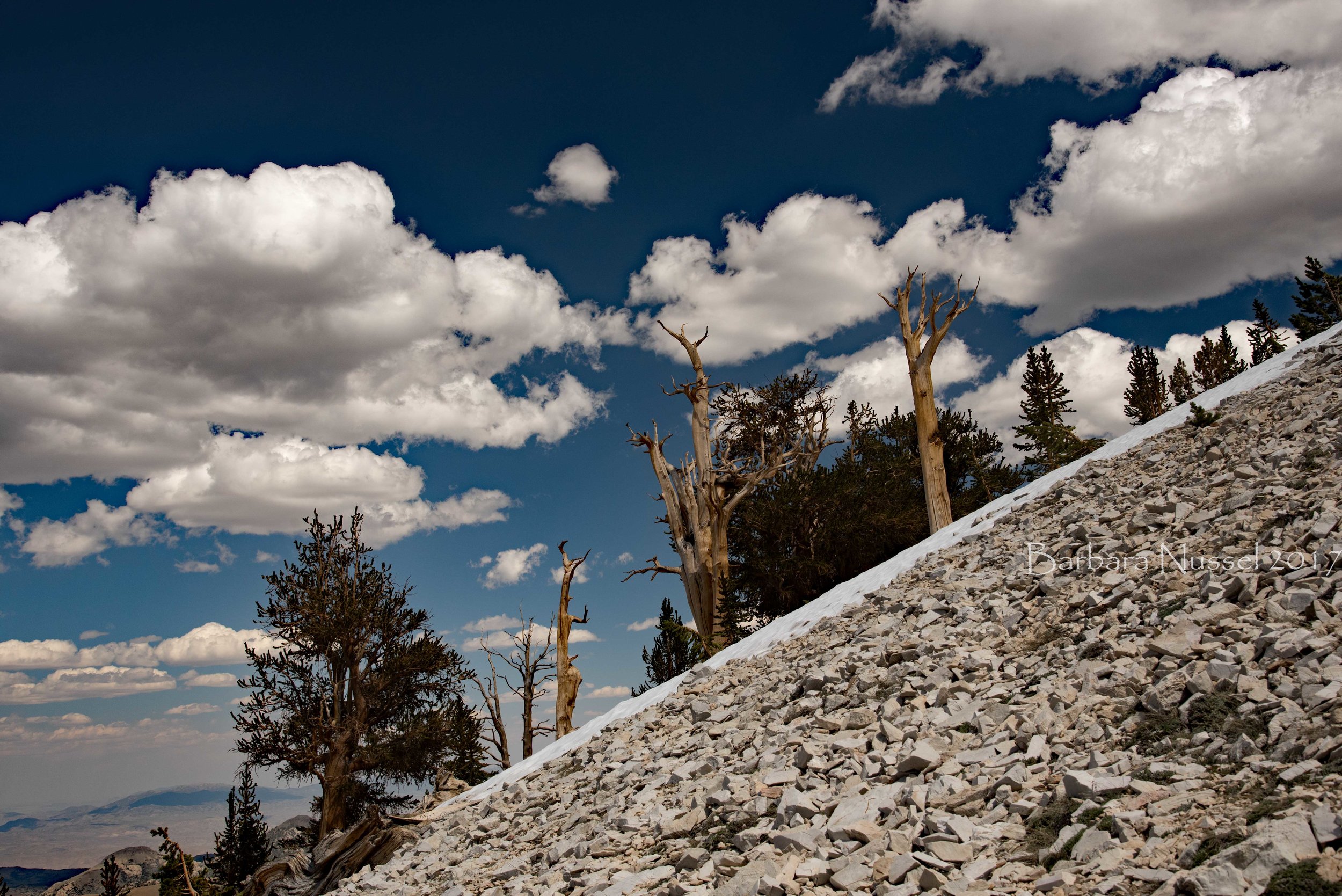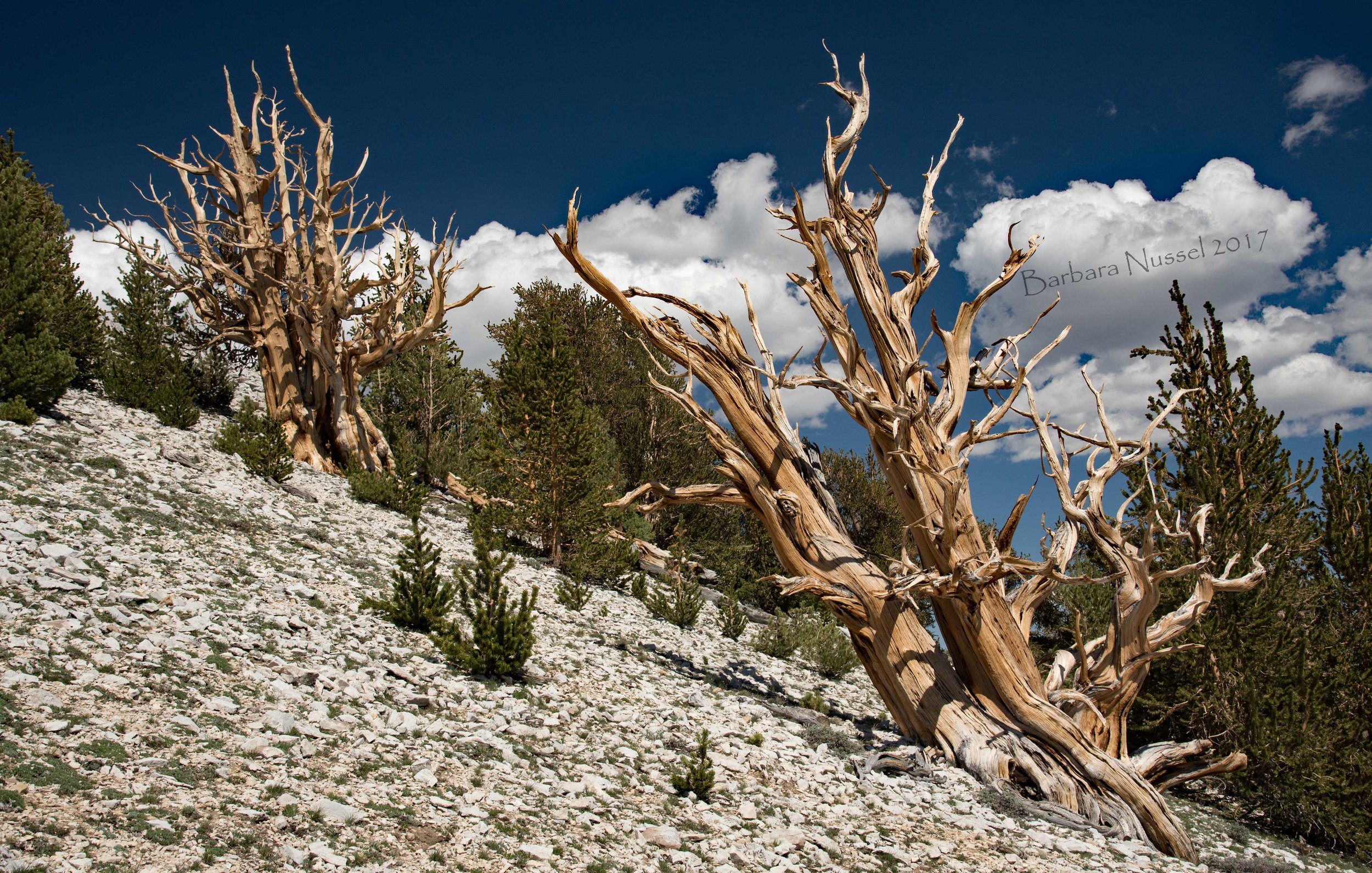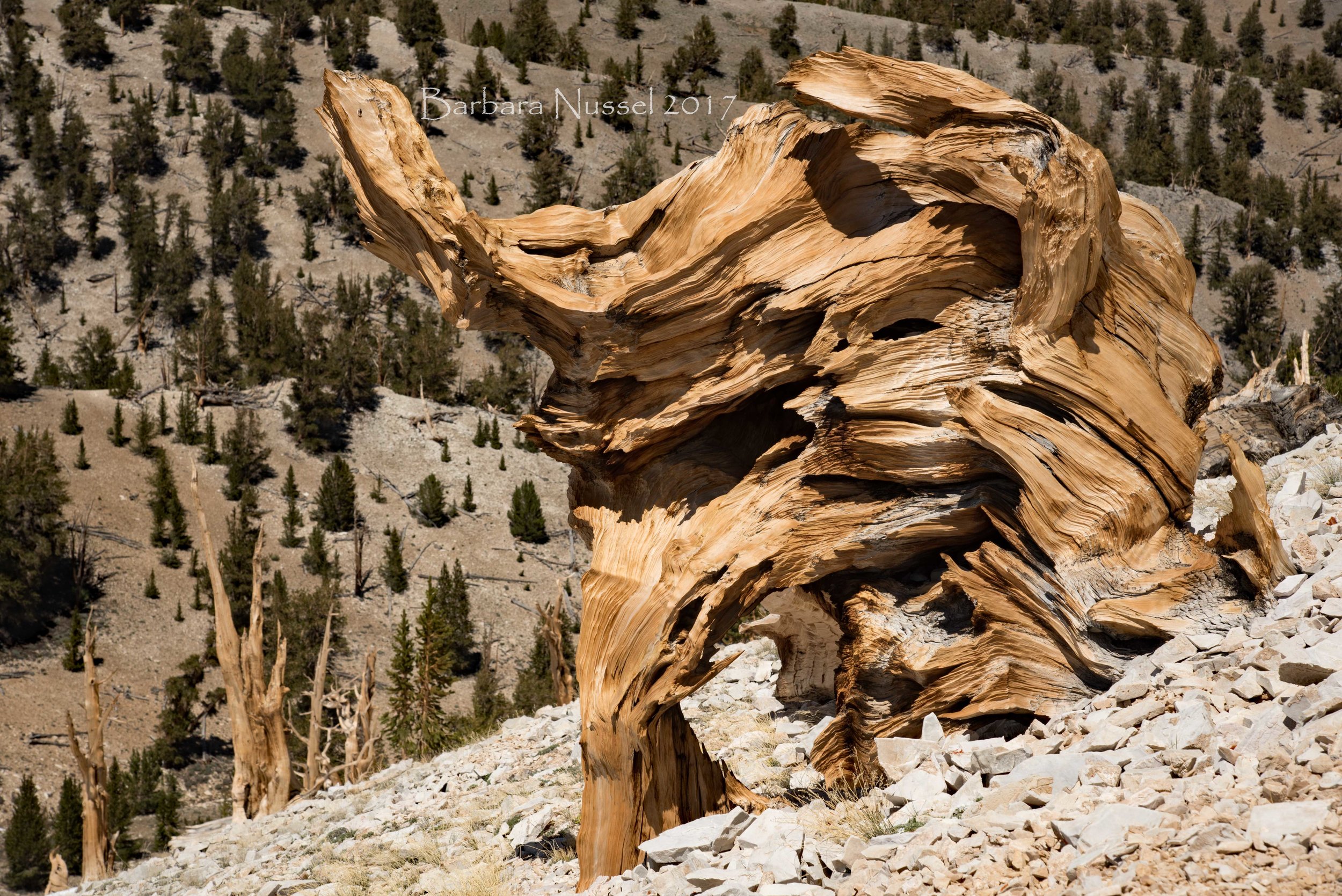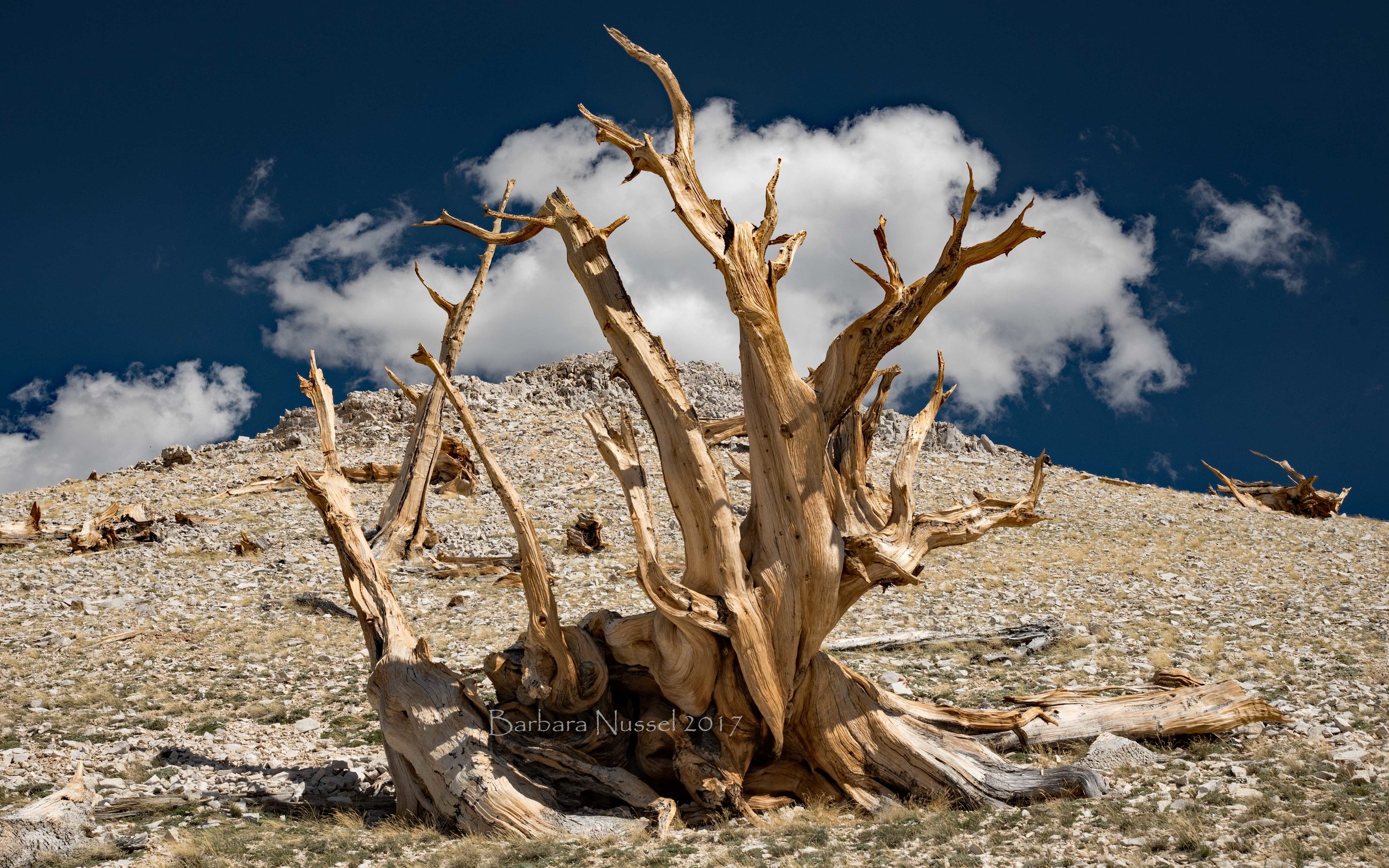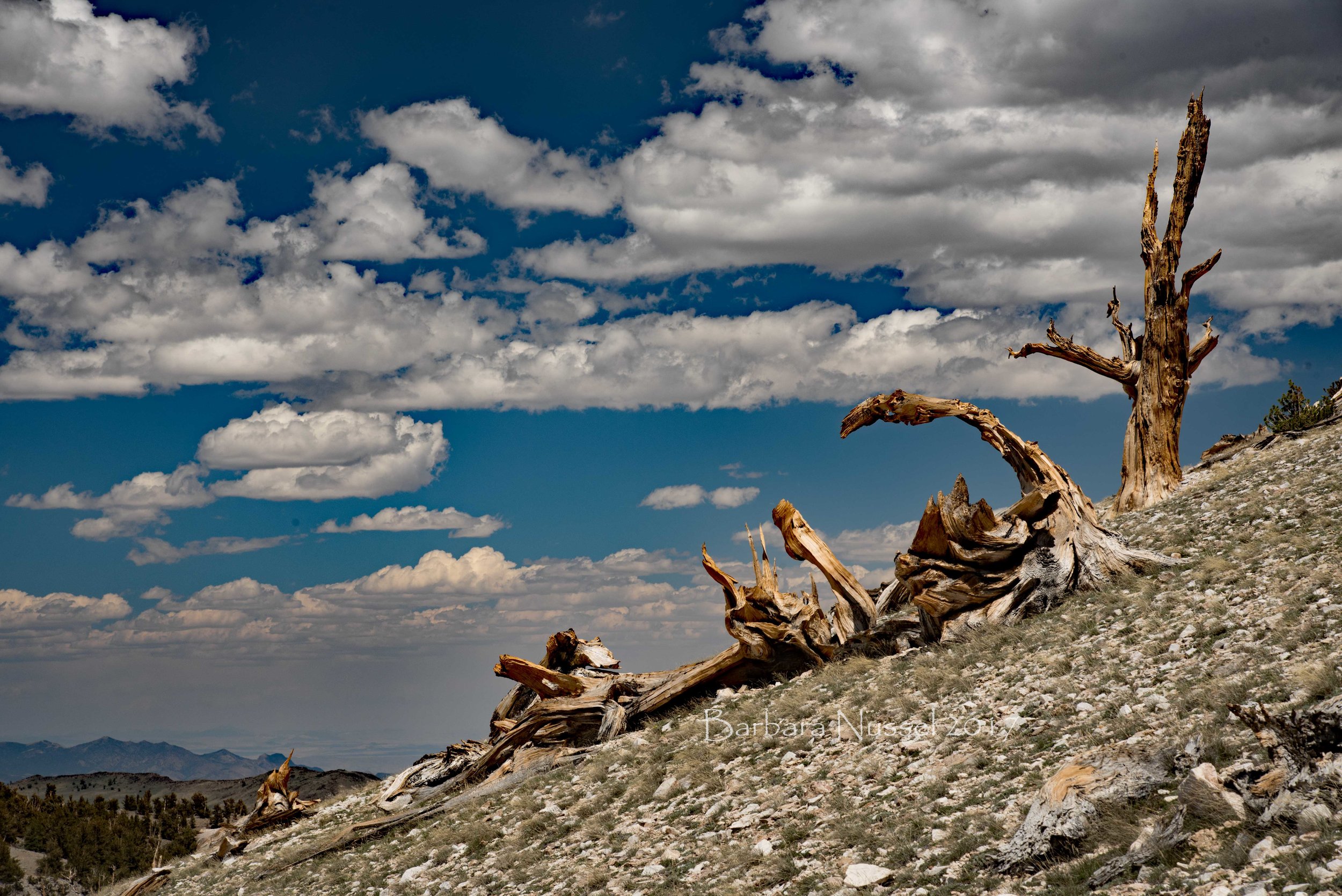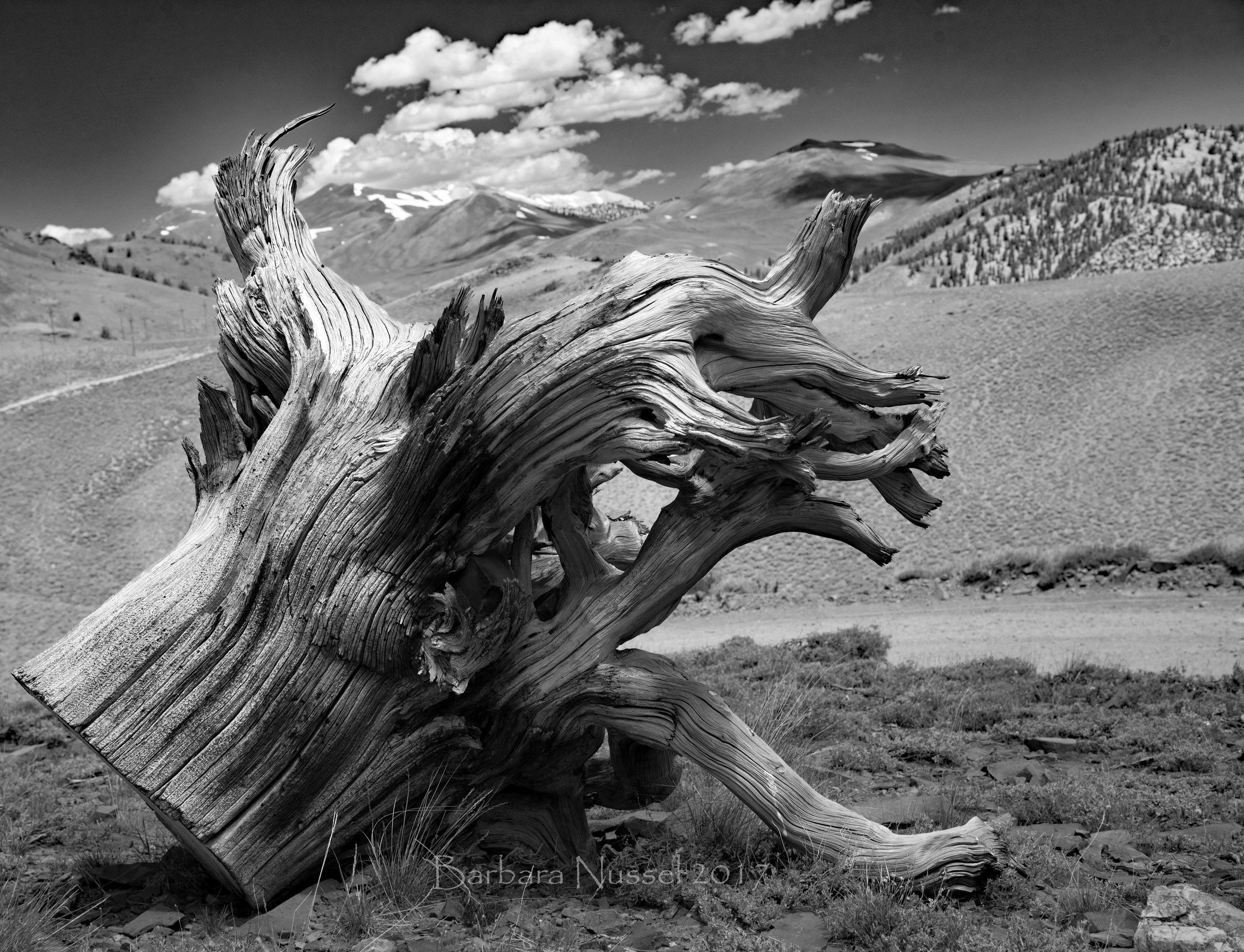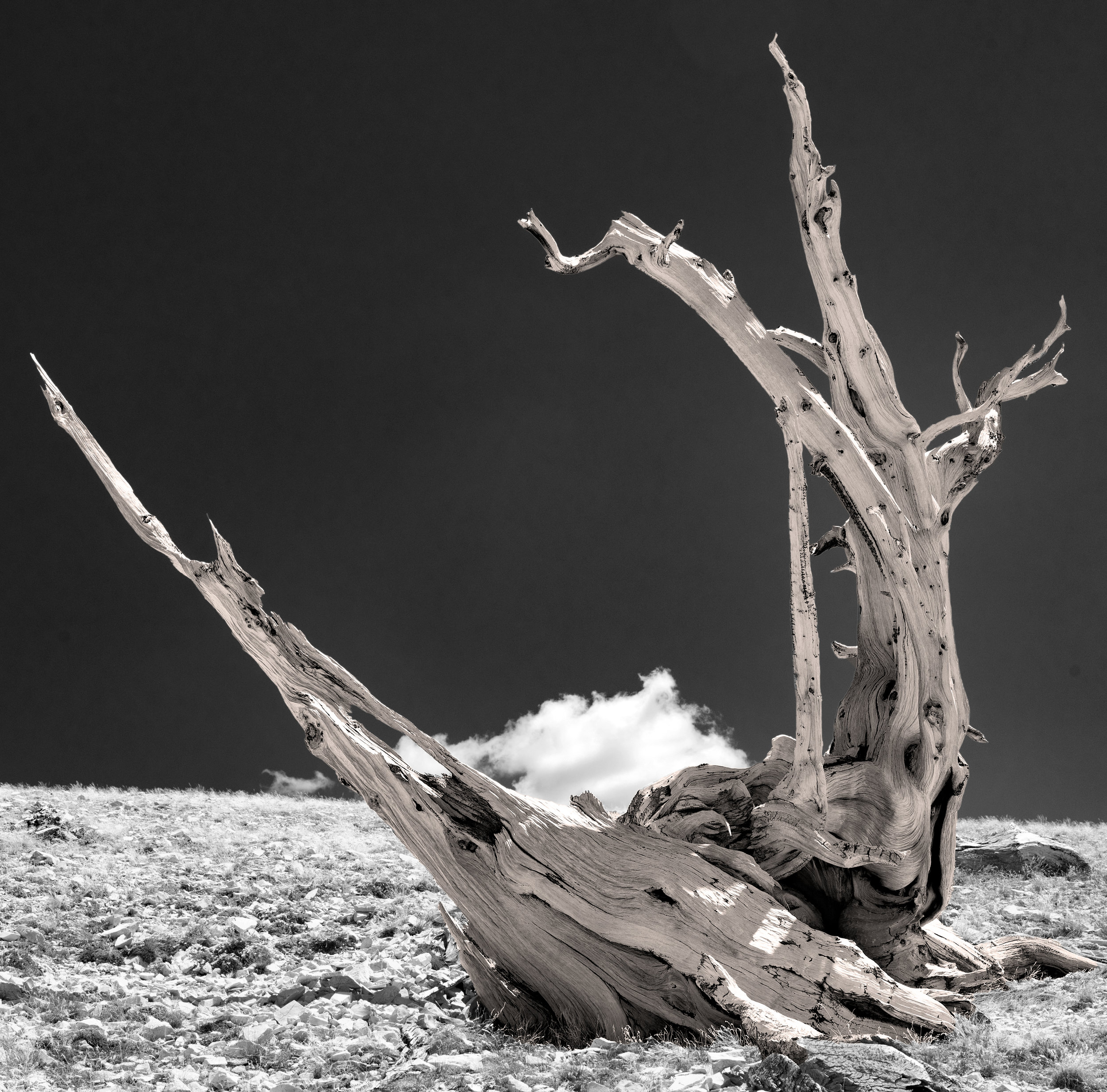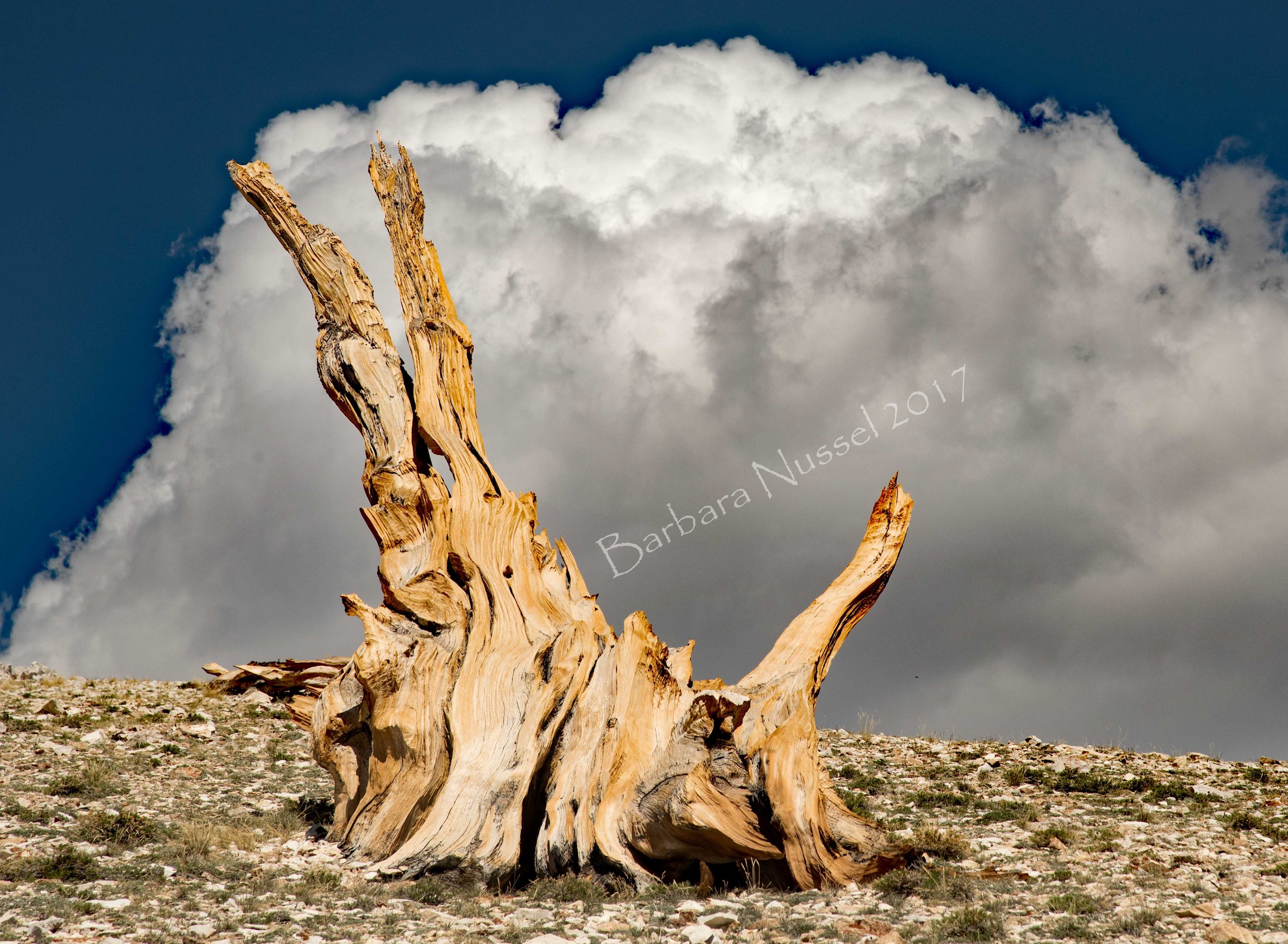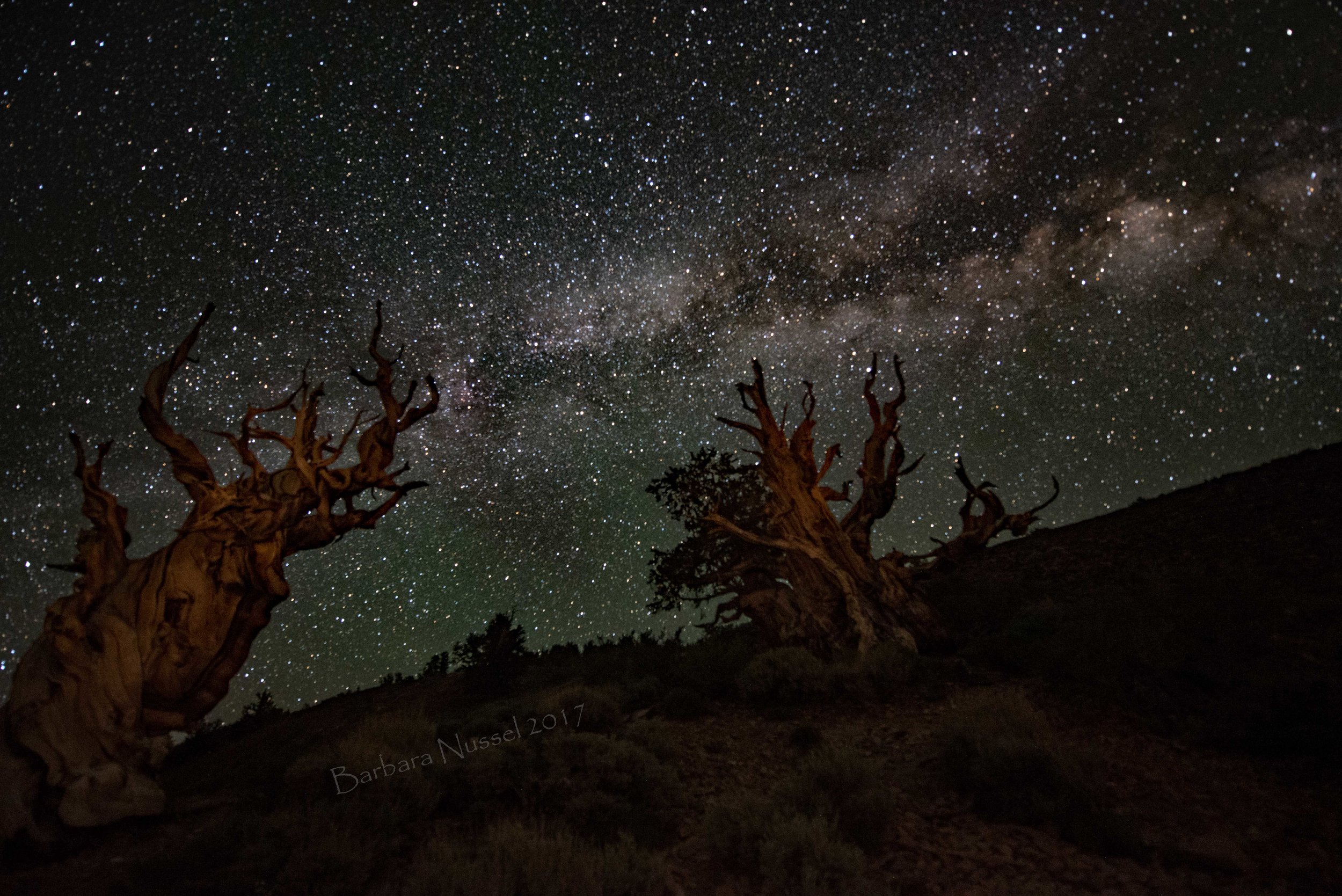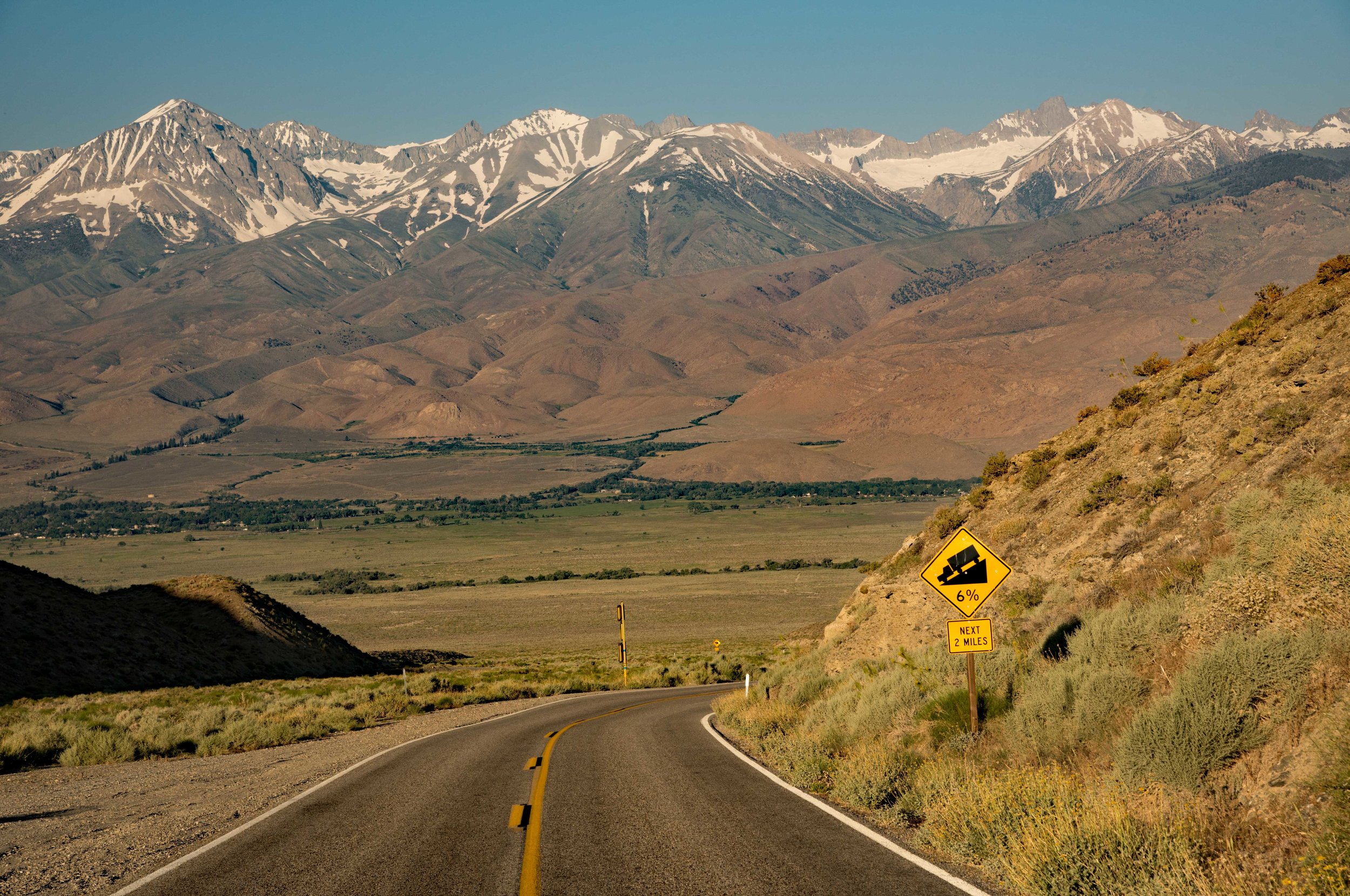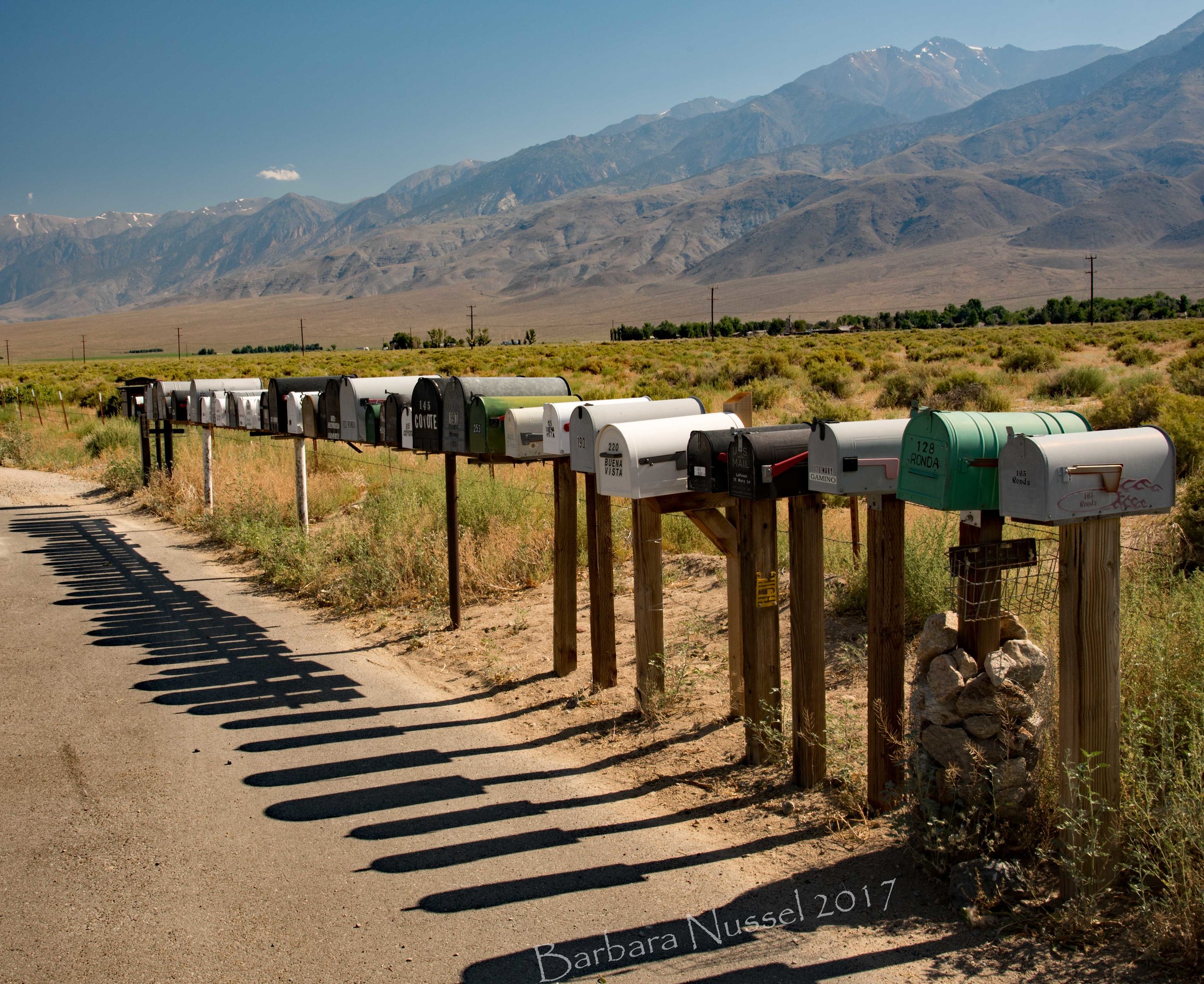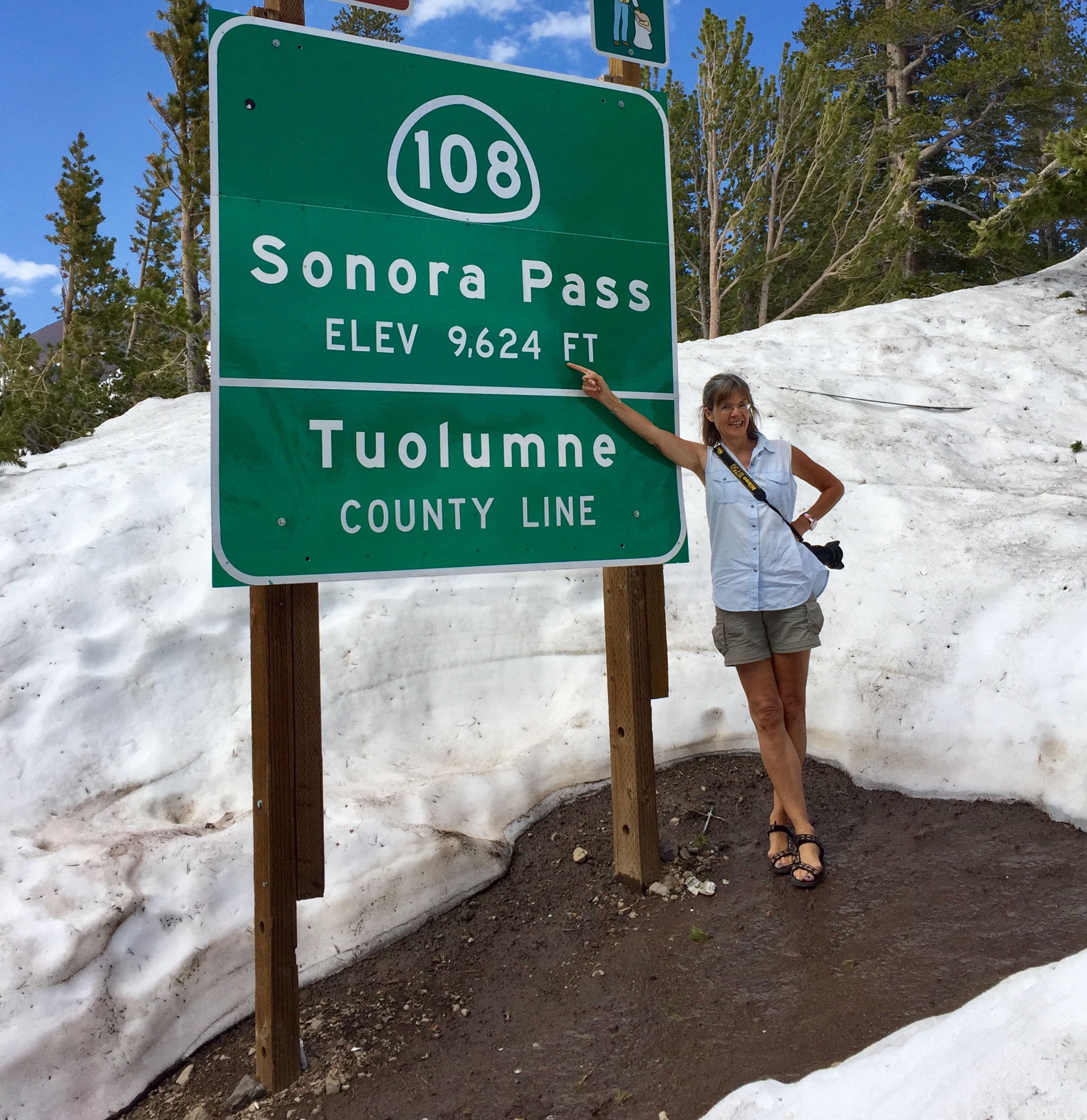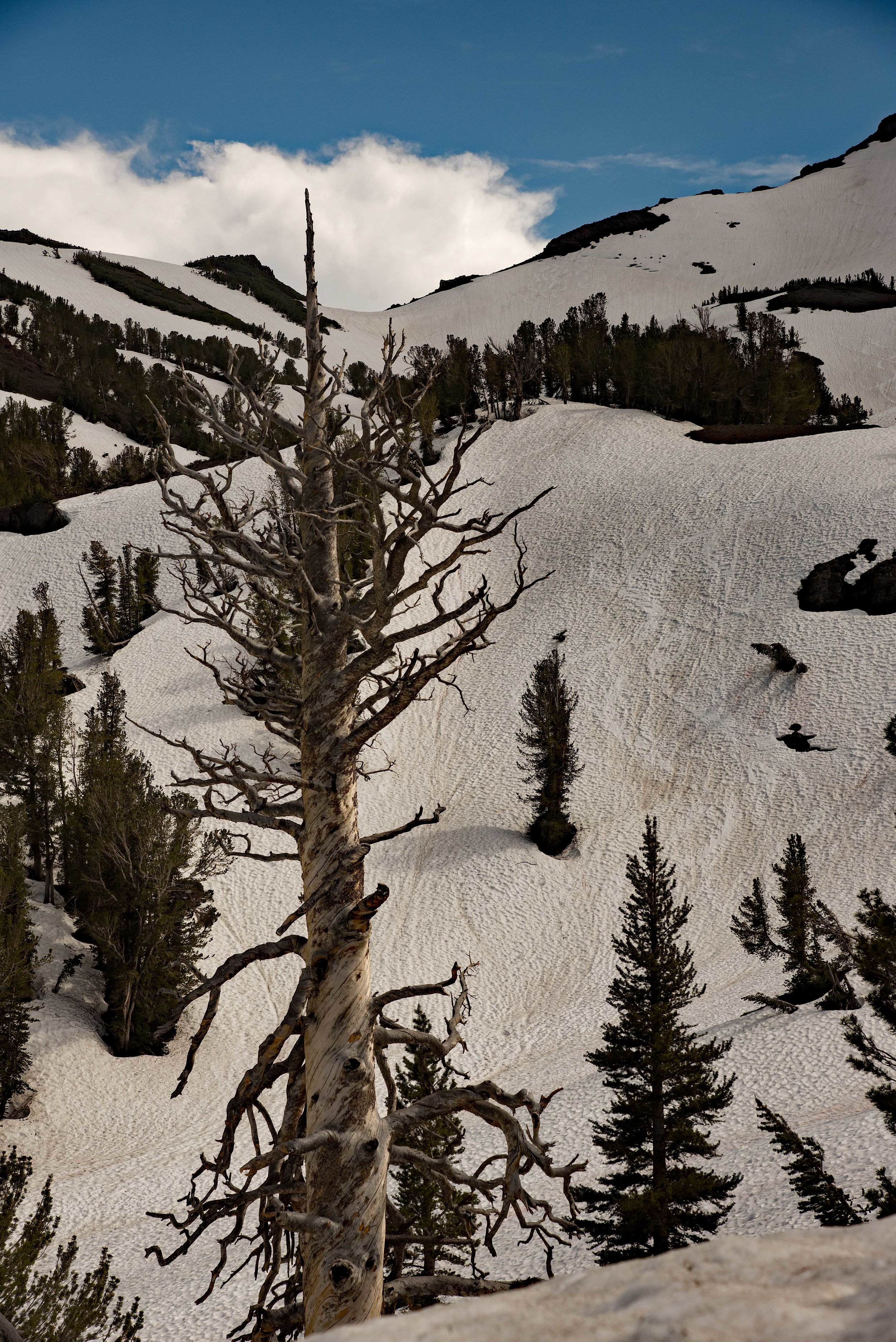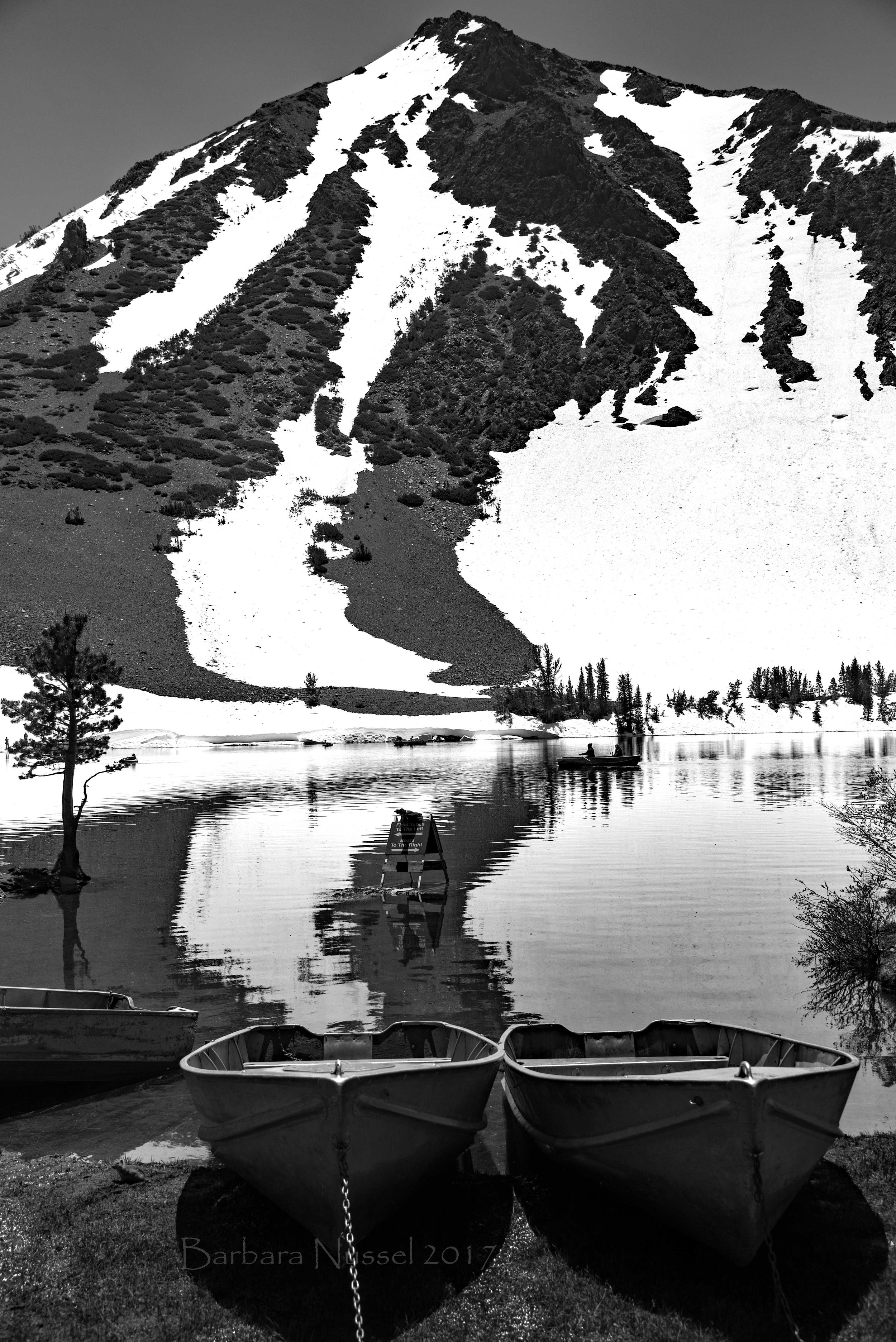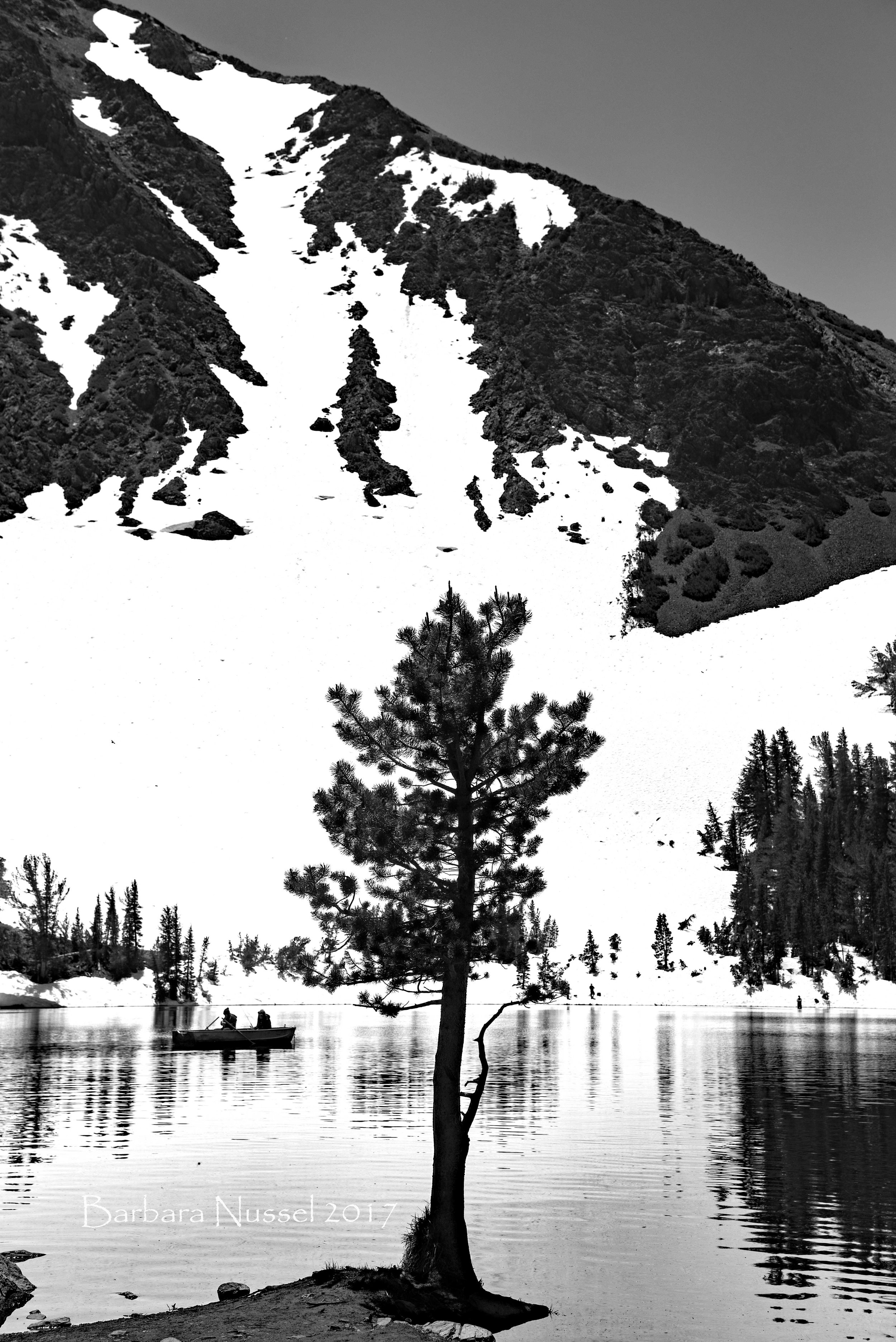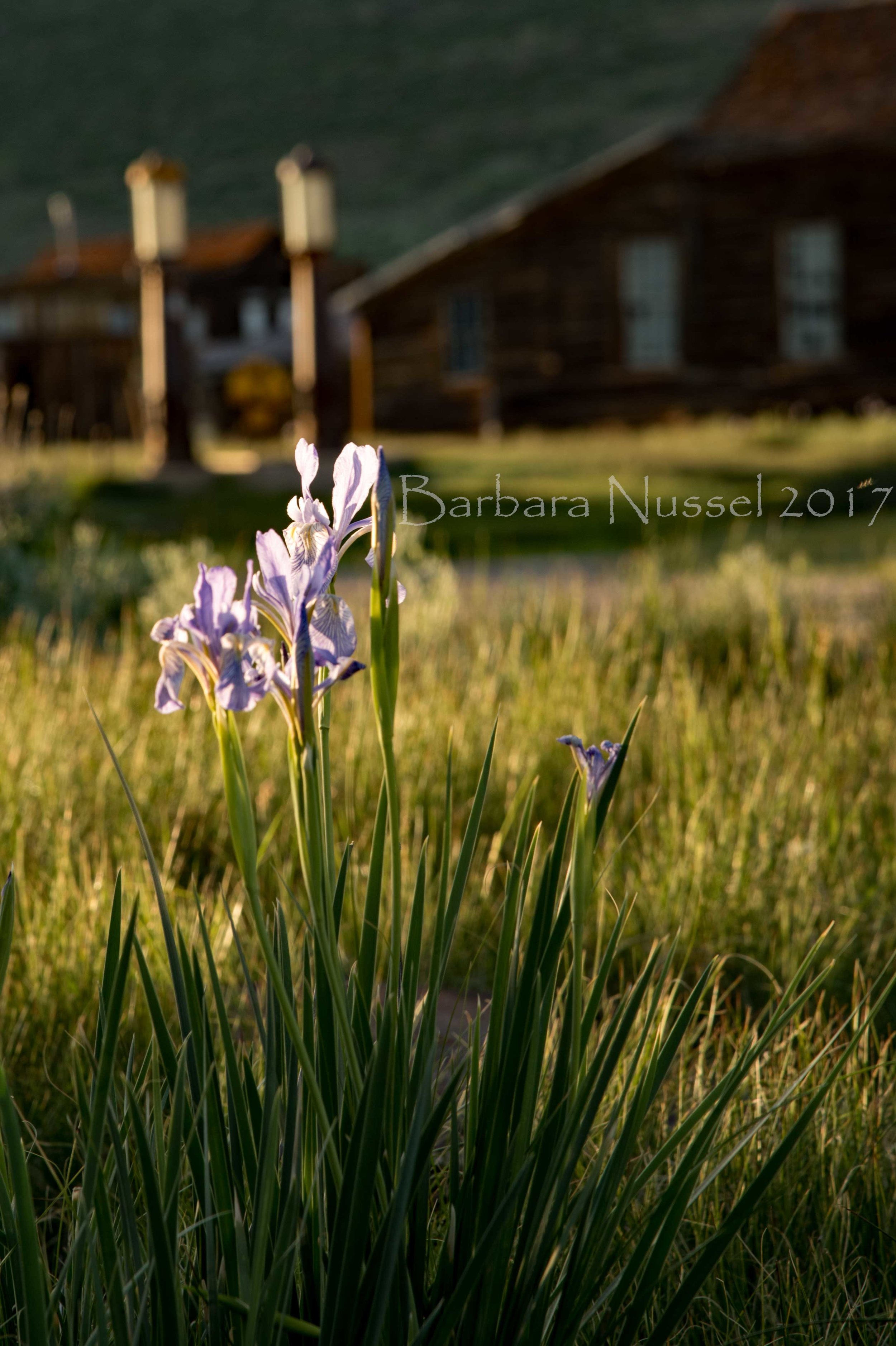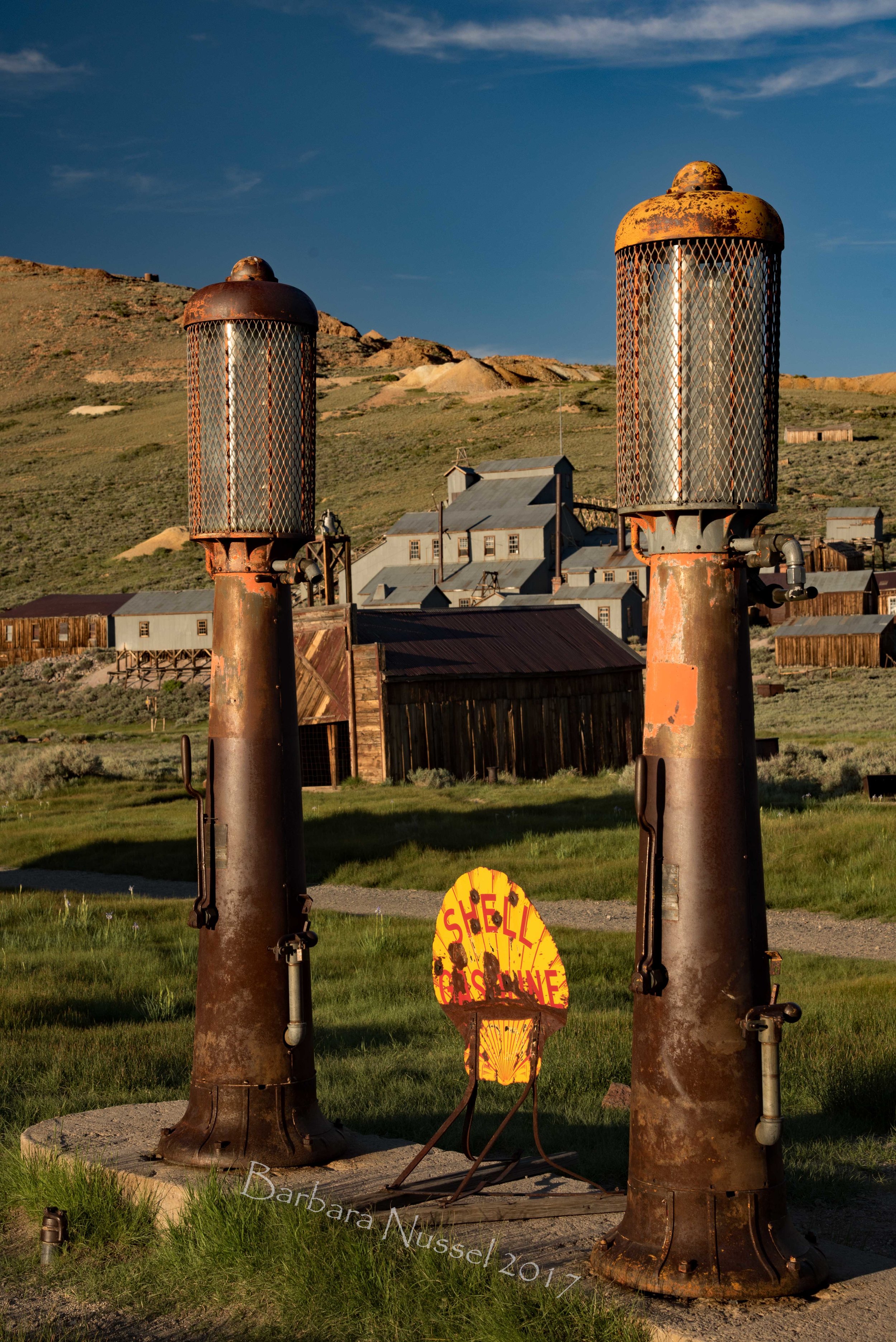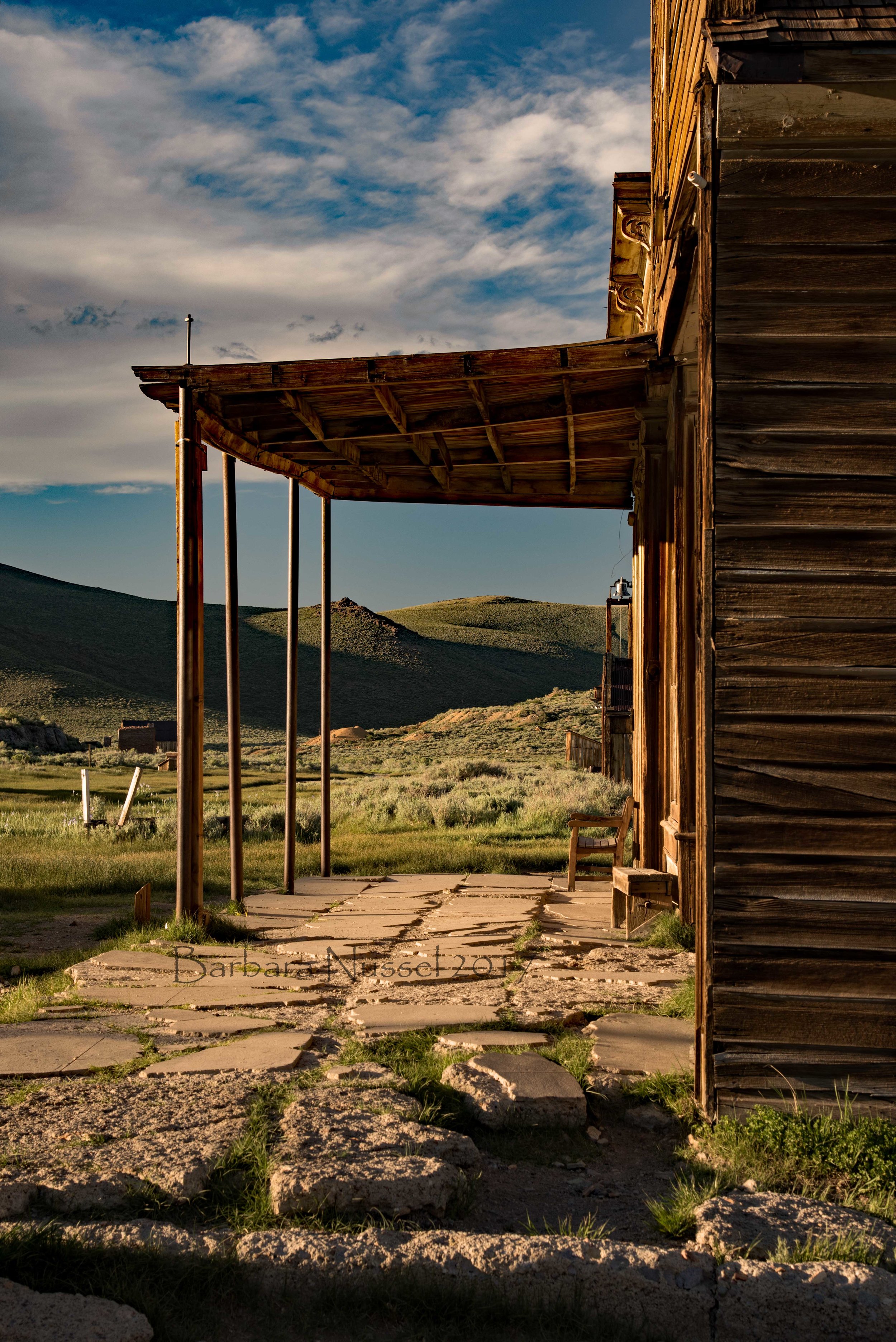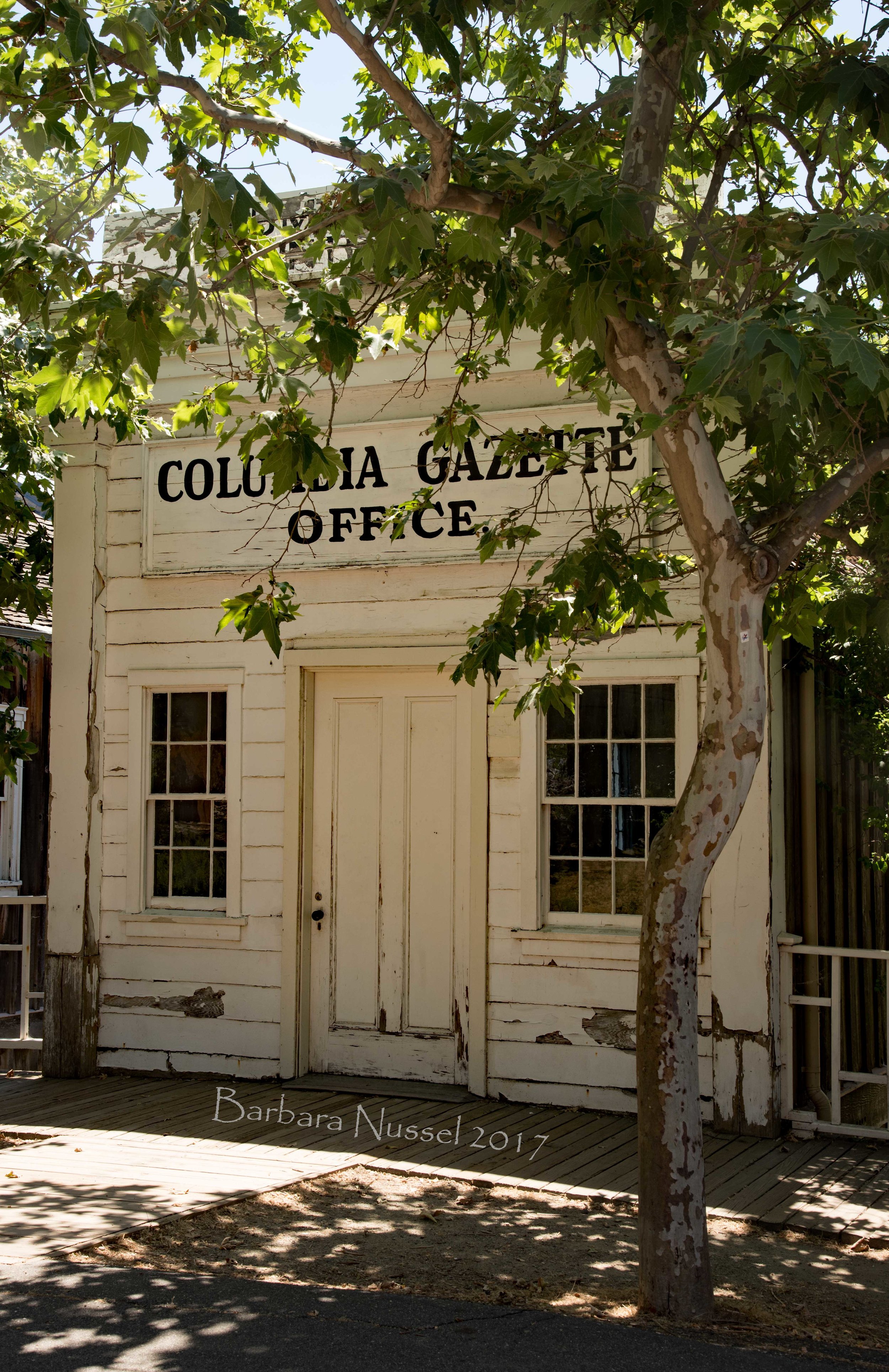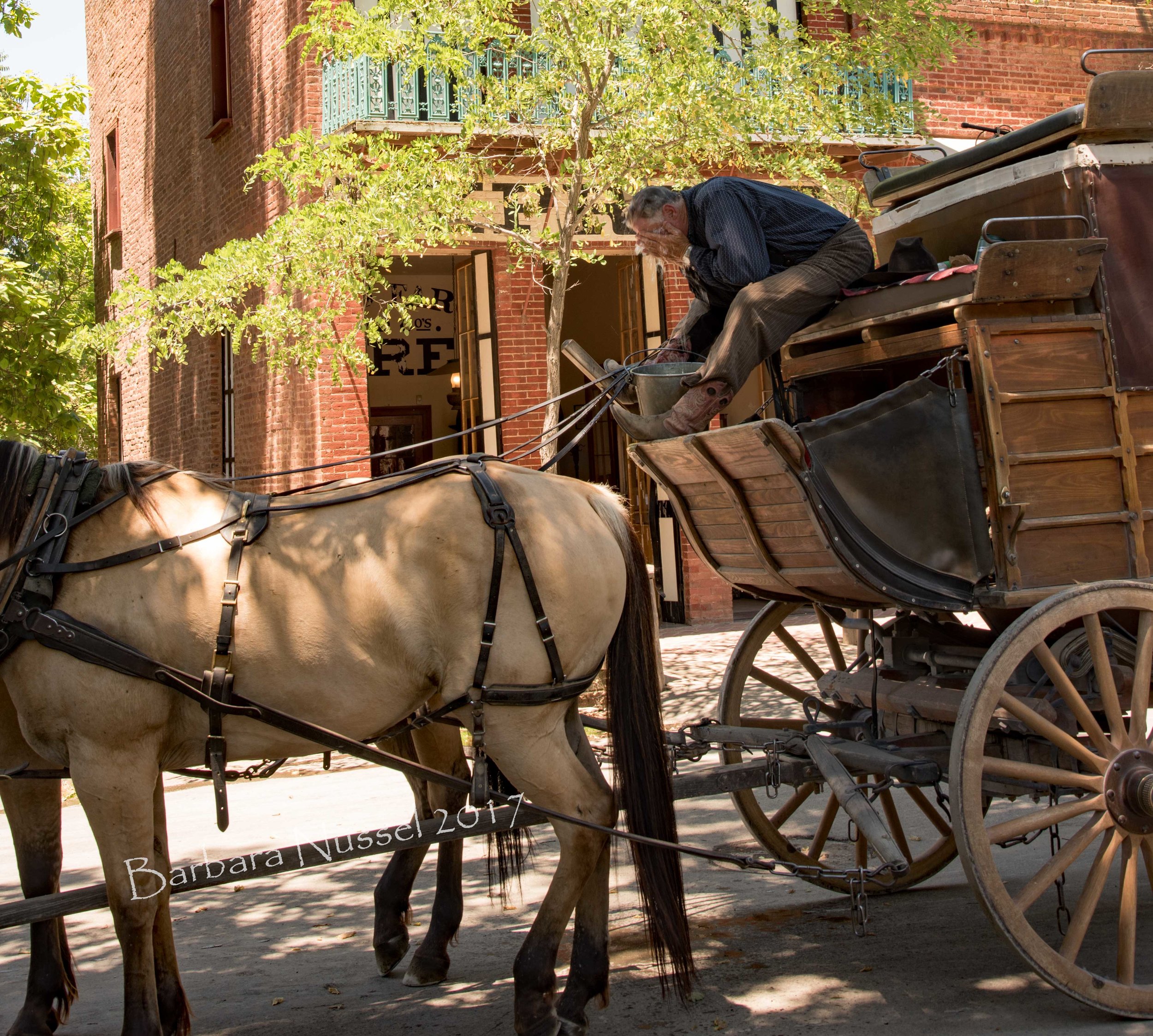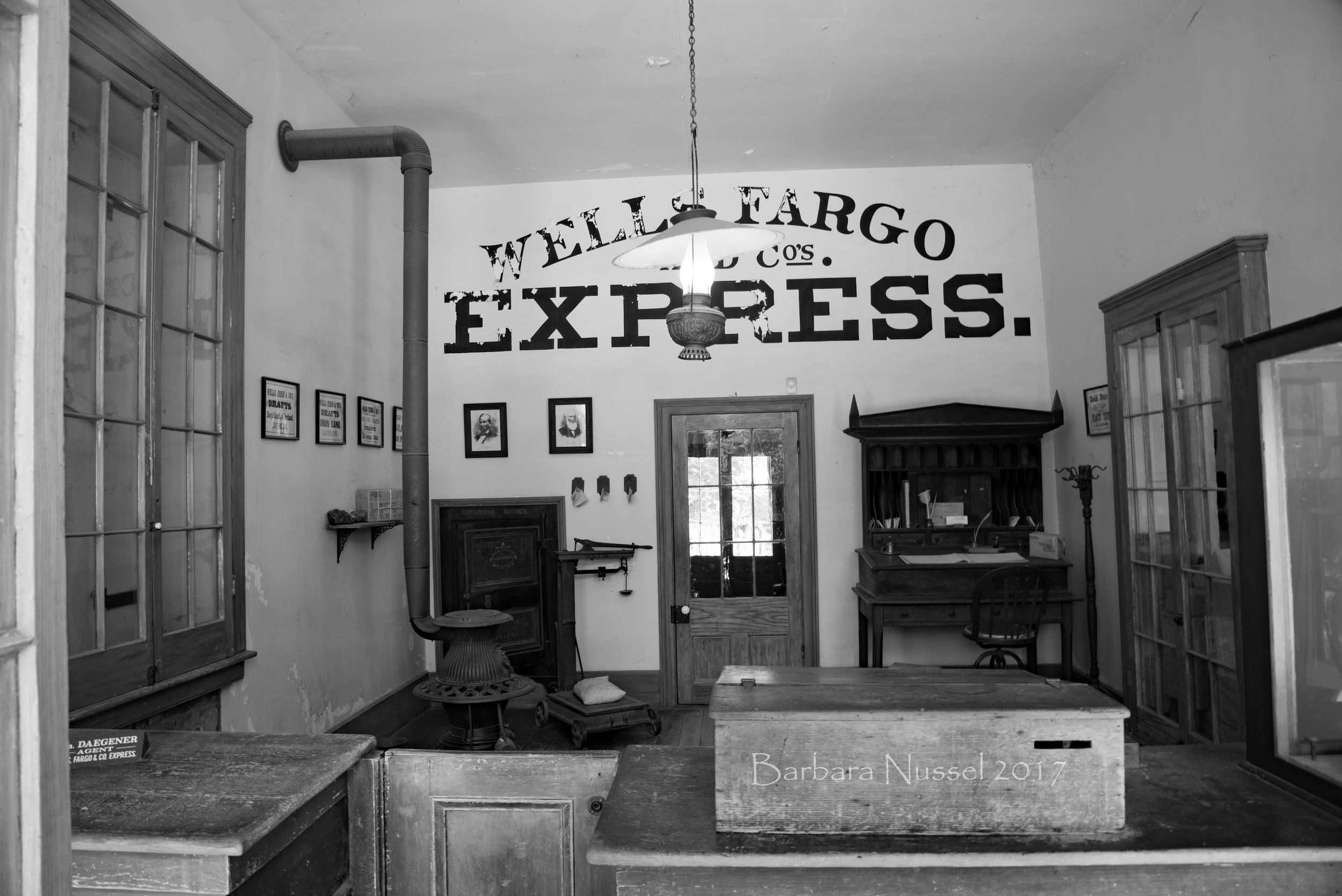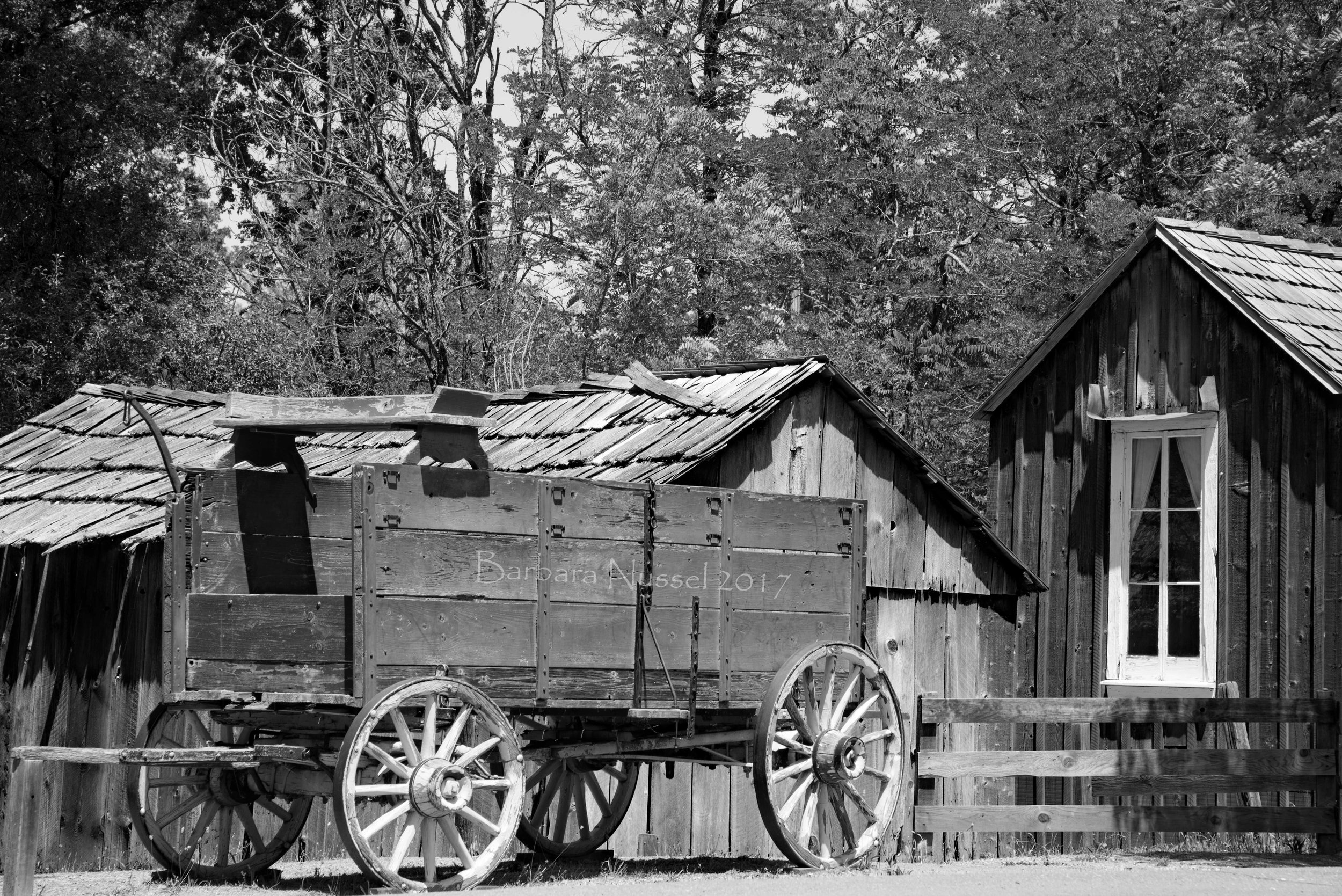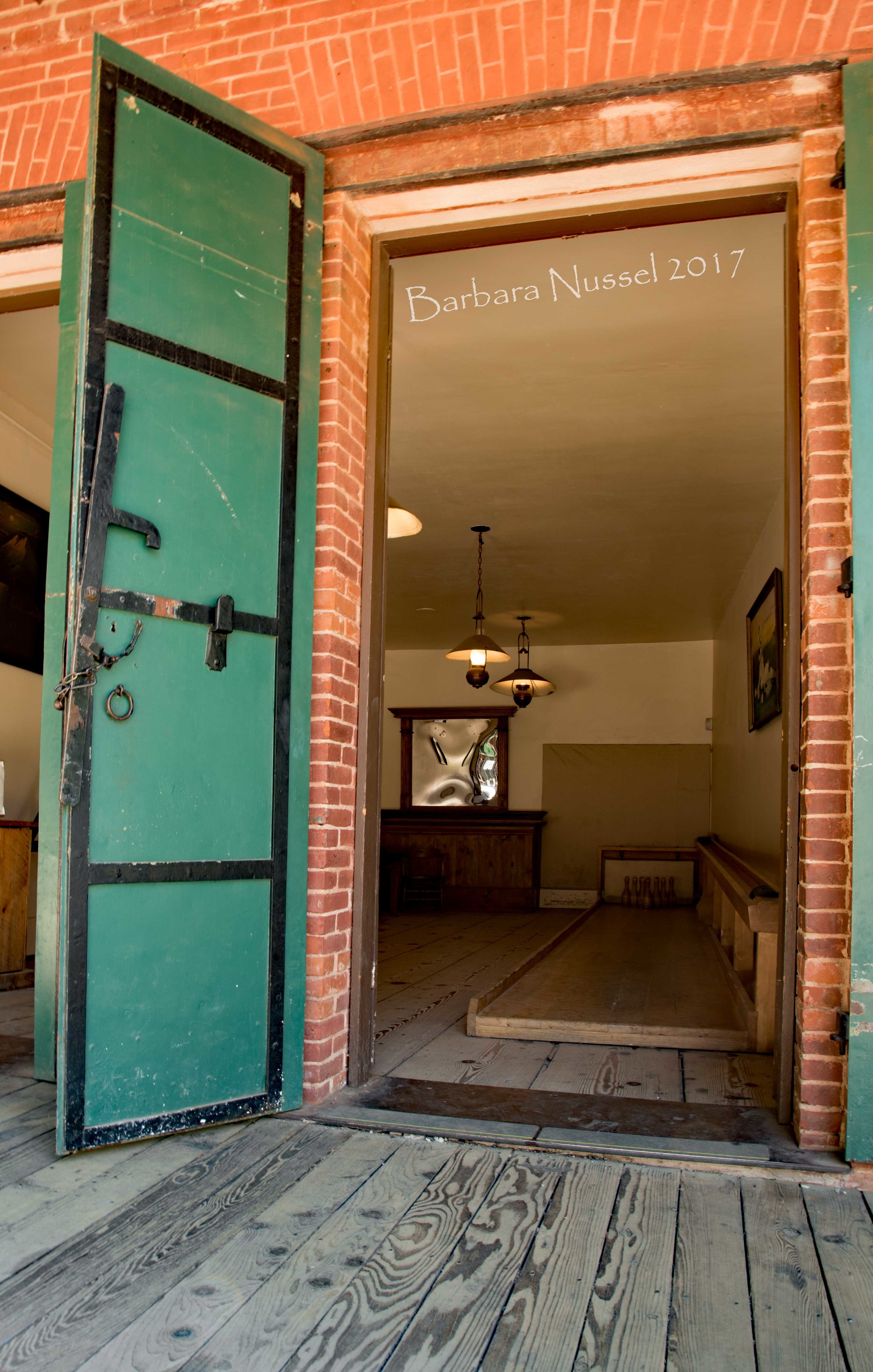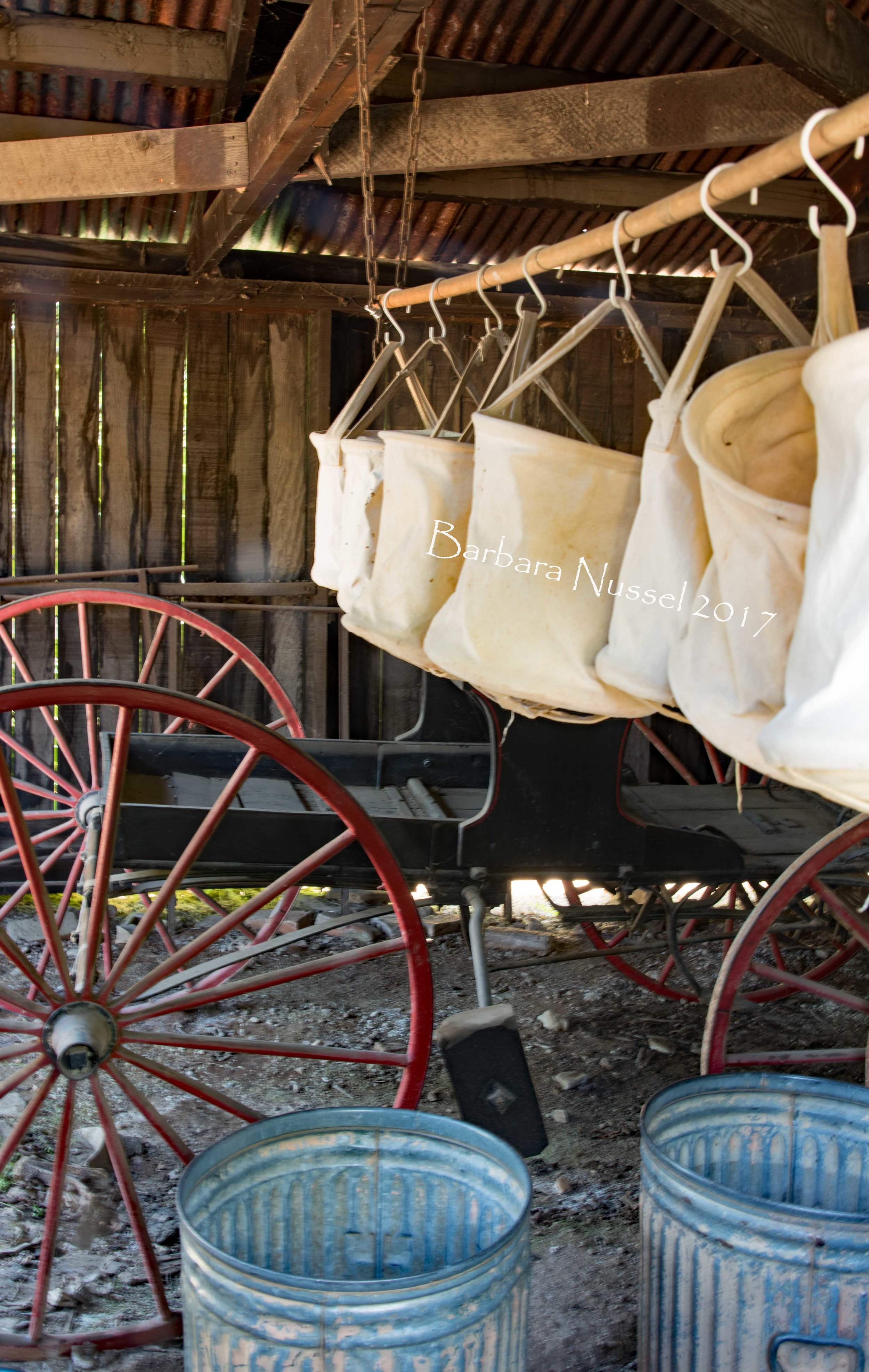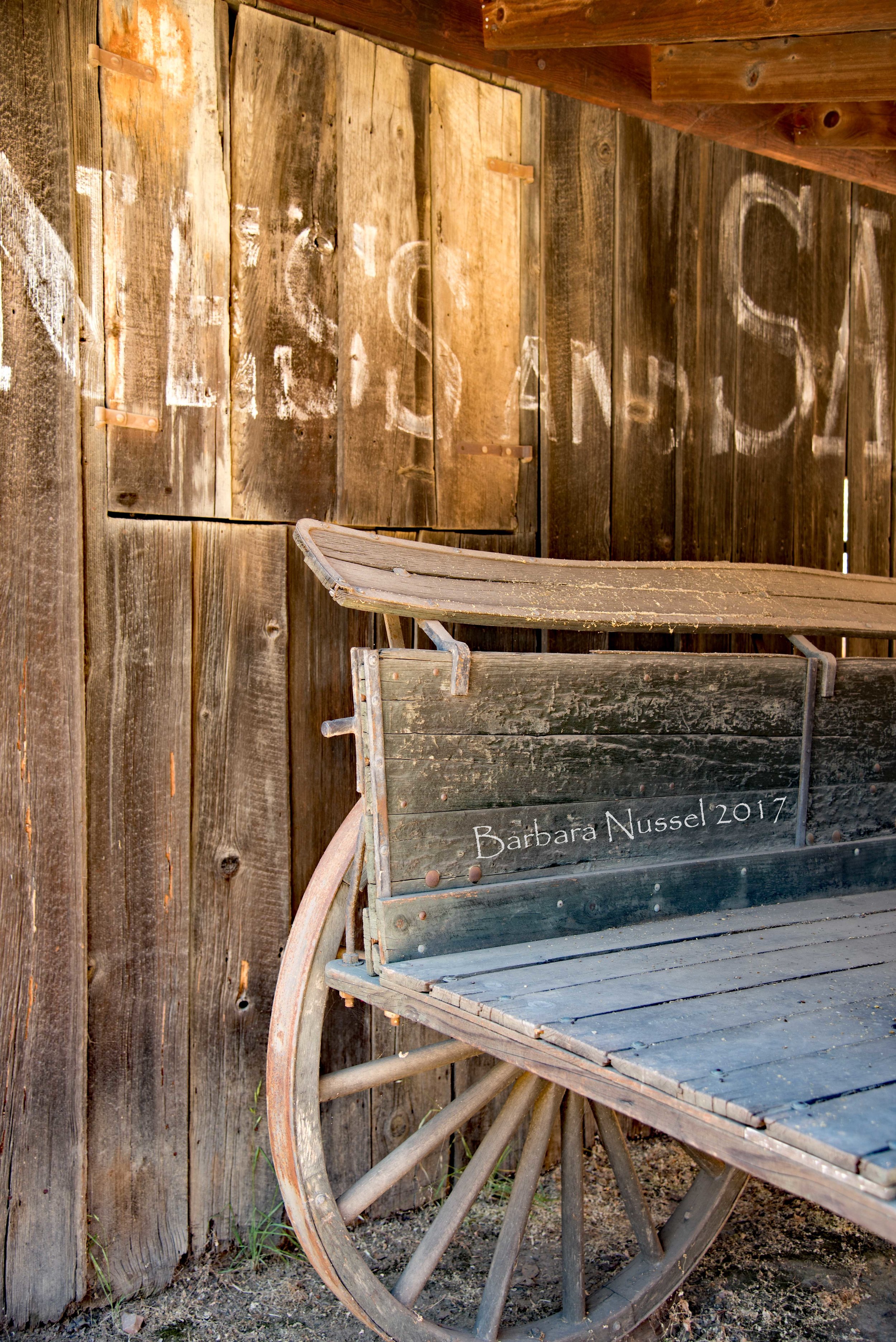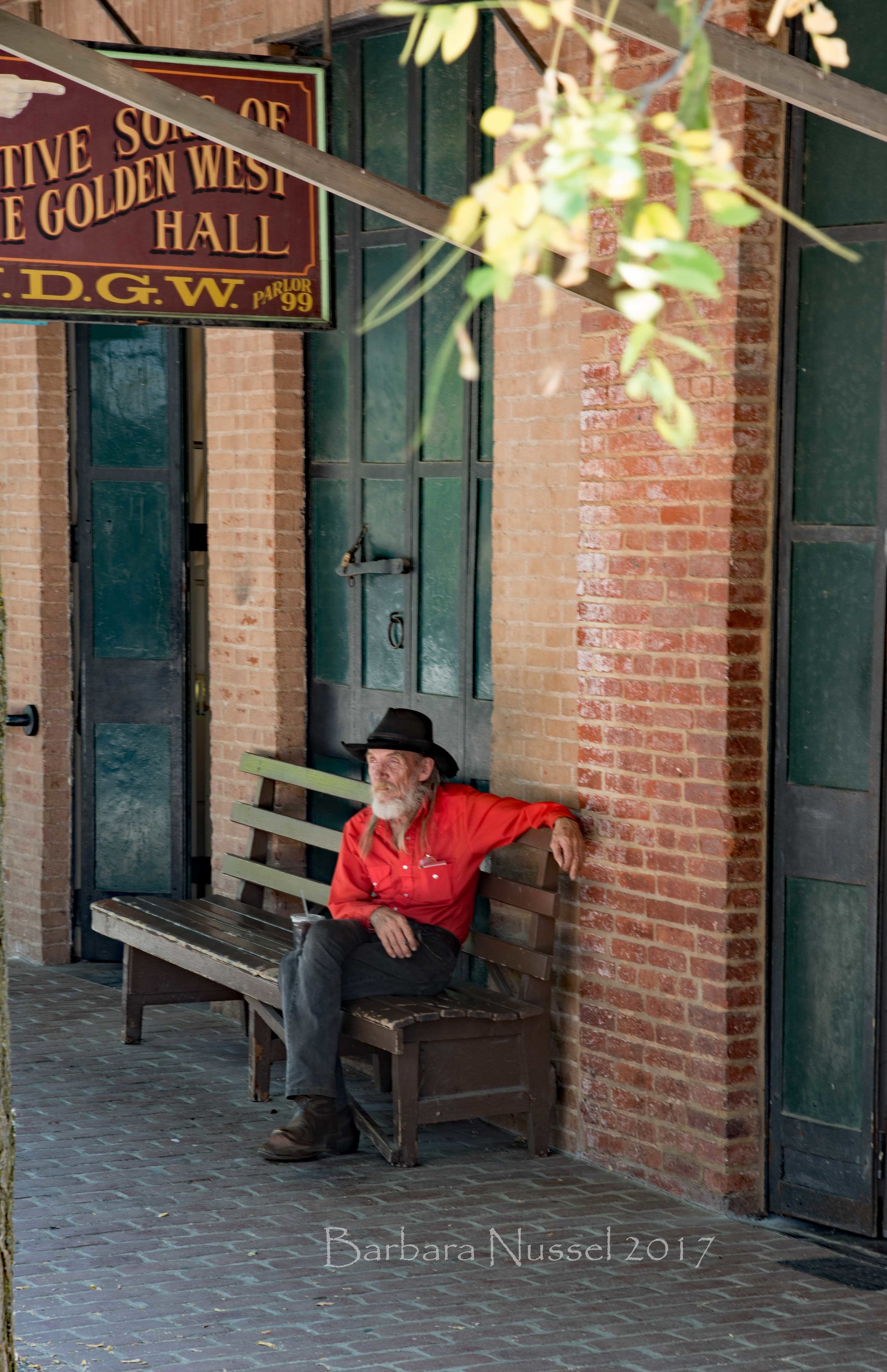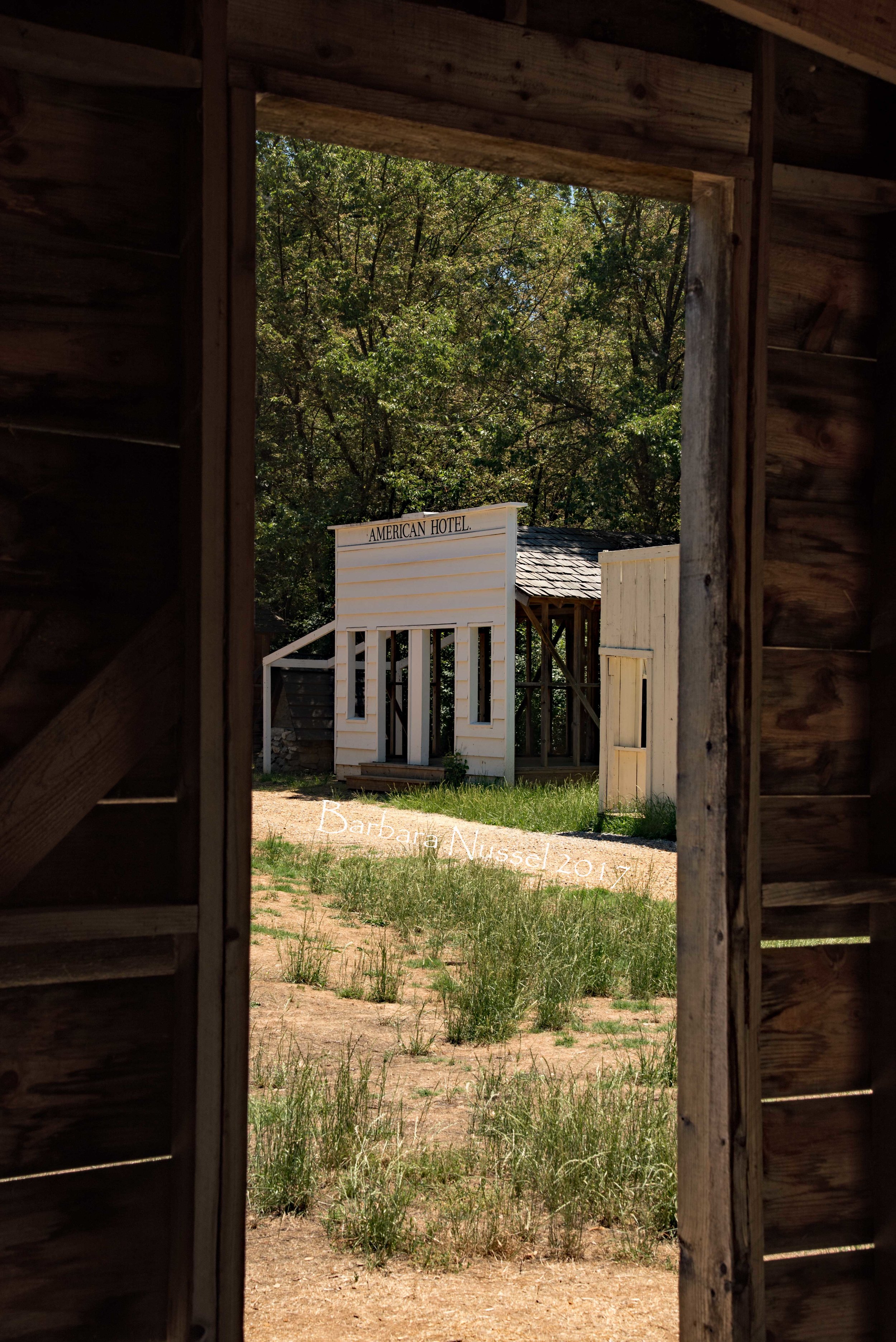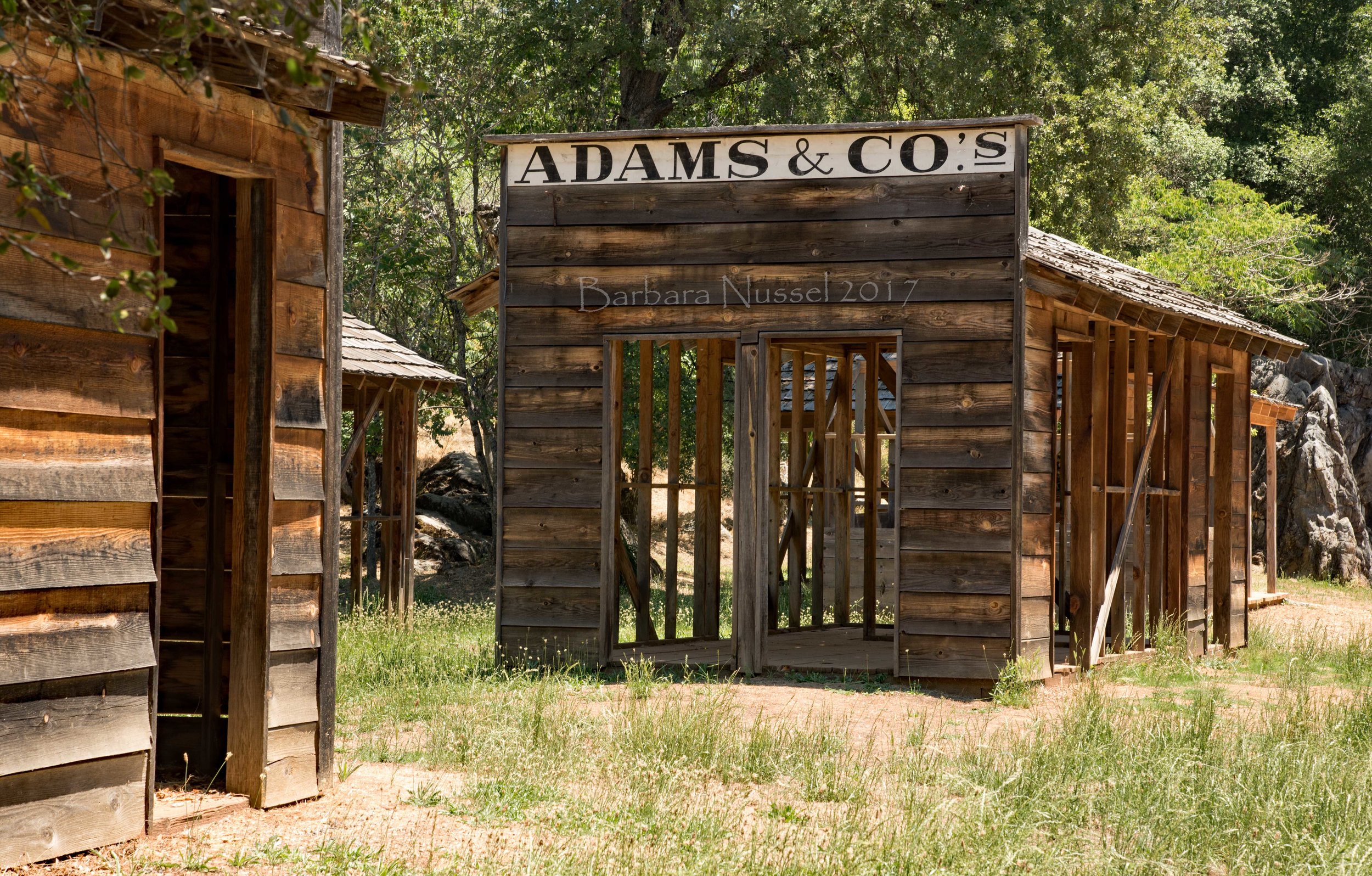This is Part III of the road trip ““Old, Older, Ancient – Another California Road Trip”. Part III will take you to the ‘Land of the Ancient’. Please check out Parts I and Part II.
After shooting the Milky Way over Bodie until midnight (see Part II), and resting for only a few hours, I was up for catching and shooting the sunrise over Mono Lake. I have been to Mono Lake many times over the years, but never for a sunrise. I’m not an early morning person, so getting up at 4 am to chase sunrises is very hard for me, but it was so worth it!
Sunrise at Mono Lake (shot 2017-06-24 between 5:40 am and 6:15 am PDT)
The light, the changing colors, the serenity, and the birds in the early morning hours – it was a Zen experience.
And just like all my Mono Lake experiences, it’s never the same! I returned for another photo shoot exactly one month later (in July 2017), and the sunrise experience was very different, but no less interesting, as the clouds from the night's thunderstorm were still lingering over the lake and the surrounding hills. The pictures below were shot 2017-07-24 between 5:50 am and 6:20 am PDT
I was happy to see that the water level at Mono Lake had further risen since my June visit. According to a post by the Mono Lake Committee the Lake level had reached 6381 ft as of 2017-07-26, but it still has ways to go before it reaches the targeted management level of 6391 ft.
As elated as I felt after this June sunrise Zen photo shoot, my body wanted coffee and a hearty breakfast after this almost all-nighter with Milky Way in Bodie and sunrise at Mono Lake. What better place to re-energize, and plan my next steps, than Whoa Nellie Deli in Lee Vining. Their breakfast burrito is fantastic!
As the Whoa Nellie Deli is right at the Tioga Pass turnoff from Hwy 395, I decided to do a quick exploratory trip up Tioga Pass. The road into Yosemite National Park was still closed at Tioga Pass, but the road up to the pass was free and clear. Keep in mind, this road trip was in late June 2017, but there was still so much snow, the lakes still partially frozen, and waterfalls from the snow melt all along the side of the Tioga Pass Road. Creeks were roaring rivers, and Tioga Pass Resort was flooded and had other snow damage. As of the writing of this blog, the Tioga Pass Resort is closed.
Ellery Lake (2017-06-24)
Back down from Tioga Pass, I decided to head south on Hwy 395 for a nighttime photography adventure in the “Land of the Ancient” in the White Mountains southeast of Bishop, CA.
High up in the White Mountains, at about 9,000 ft to 11,000 ft (3350 m) above sea level, you can find an ancient grove of trees, the Ancient Bristlecone Pine Forest. These trees are the oldest recorded living thing on earth. Many are well over 2,000 years old, a millenium older than the Giant Sequoia trees in Sequoia National Park on the western side of the Sierra Nevada, and the “Methuselah” tree in Schulman Grove was already 4,789 years old when sampled in 1957 by Edmund Schulman and Tom Harlan, with an estimated germination date of 2832 BC. The Methuselah tree is the oldest known living tree and non-clonal organism - 'non-clonal’ meaning that the trunk is the same age as the root system.
Several walking trails depart from the Schulman Grove Visitor Center that allow the public to explore these ancient trees, but you will not find a marker for the Methusaleh tree. It’s a protective measure to save the tree from vandalism.
Patriarch Grove is about another 12 miles past the Shulman Grove, but the road is a ‘very-tough-on-your-tires” dirt road. Scared of the "tough-on-you-tires" aspect I had bailed on venturing to Patriarch Grove in the past, but I decided to give it a try with my new VW Golf, sporting brand new tires. Careful maneuvering and very slow driving got me there – almost. Just about a mile from the Patriarch Grove the road was still totally blocked by two major fields of snow..... and still was as of late July.
Schulman Grove is magnificent, fascinating, impressive, but the area near Patriarch Grove is an otherworldly experience! Seeing these ancient trees grow on these steep outcrops of white dolomite makes you marvel at Mother Nature.
I have always been fascinated with gnarly coniferous trees, the kind you find at high altitudes. Bristlecone Pines skeletons, bleached by wind and weather, their twisted trunks and branches, are the most interesting tree sculptures to me. I cannot stop taking the portraits of these ancient dead.
The remote location with very little light pollution also makes Schulman Grove a prime location for astrophotography. There is an easy-accessible, picturesque, gnarly old Bristlecone Pine skeleton, which is probably THE most photographed Bristlecone Pine - with and without Milky Way.
Heading out of the White Mountains, back down into the Owens Valley, letting country roads take me back to the Bay Area. The adventures and sights of Eastern California's back roads will be the topic of a future blog post.
If you enjoyed this road trip to the eastern parts of California, please follow BarbaraNusselPhotography on Facebook for further travel adventures – near and far.

